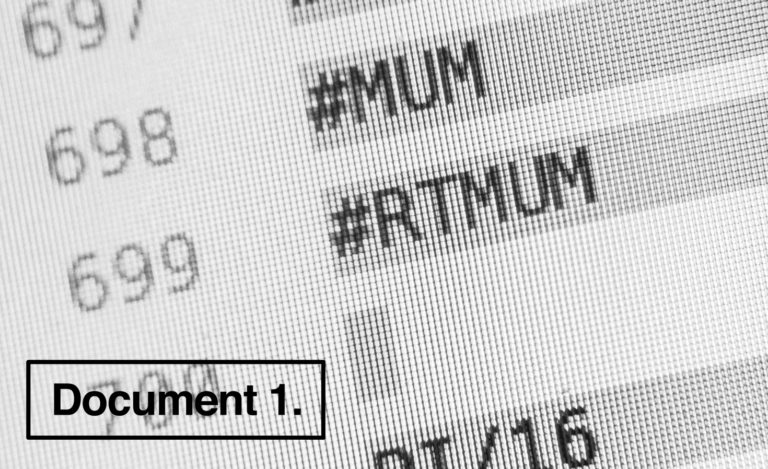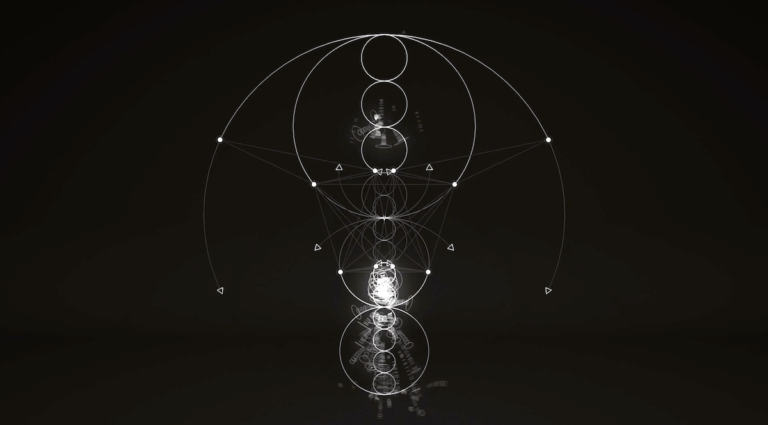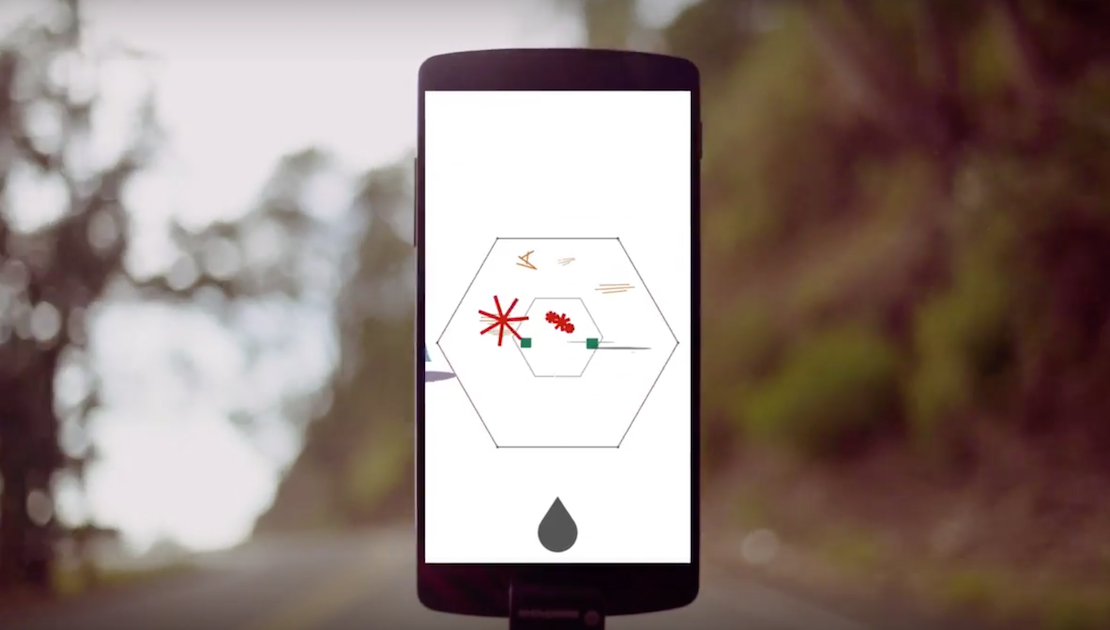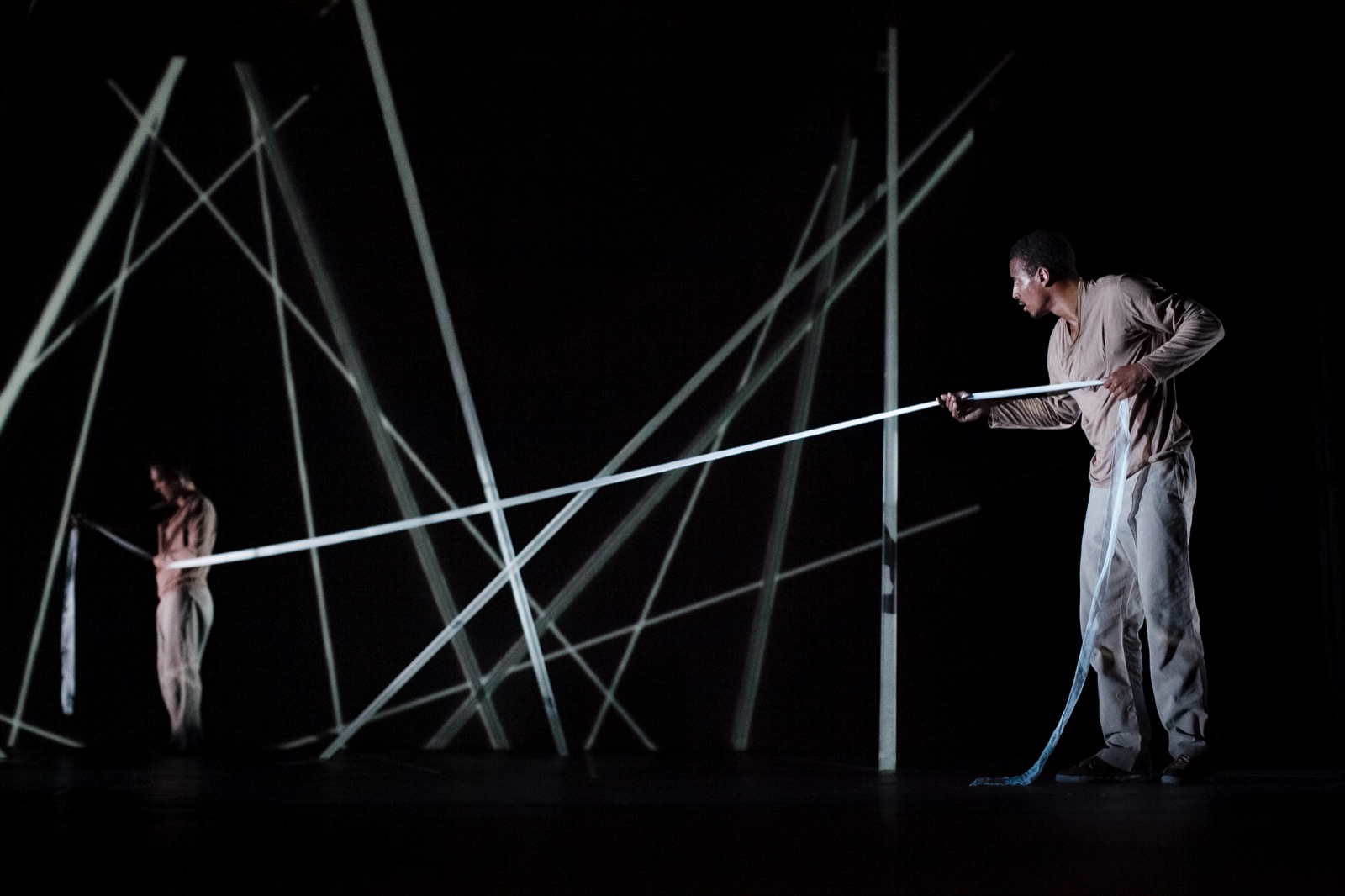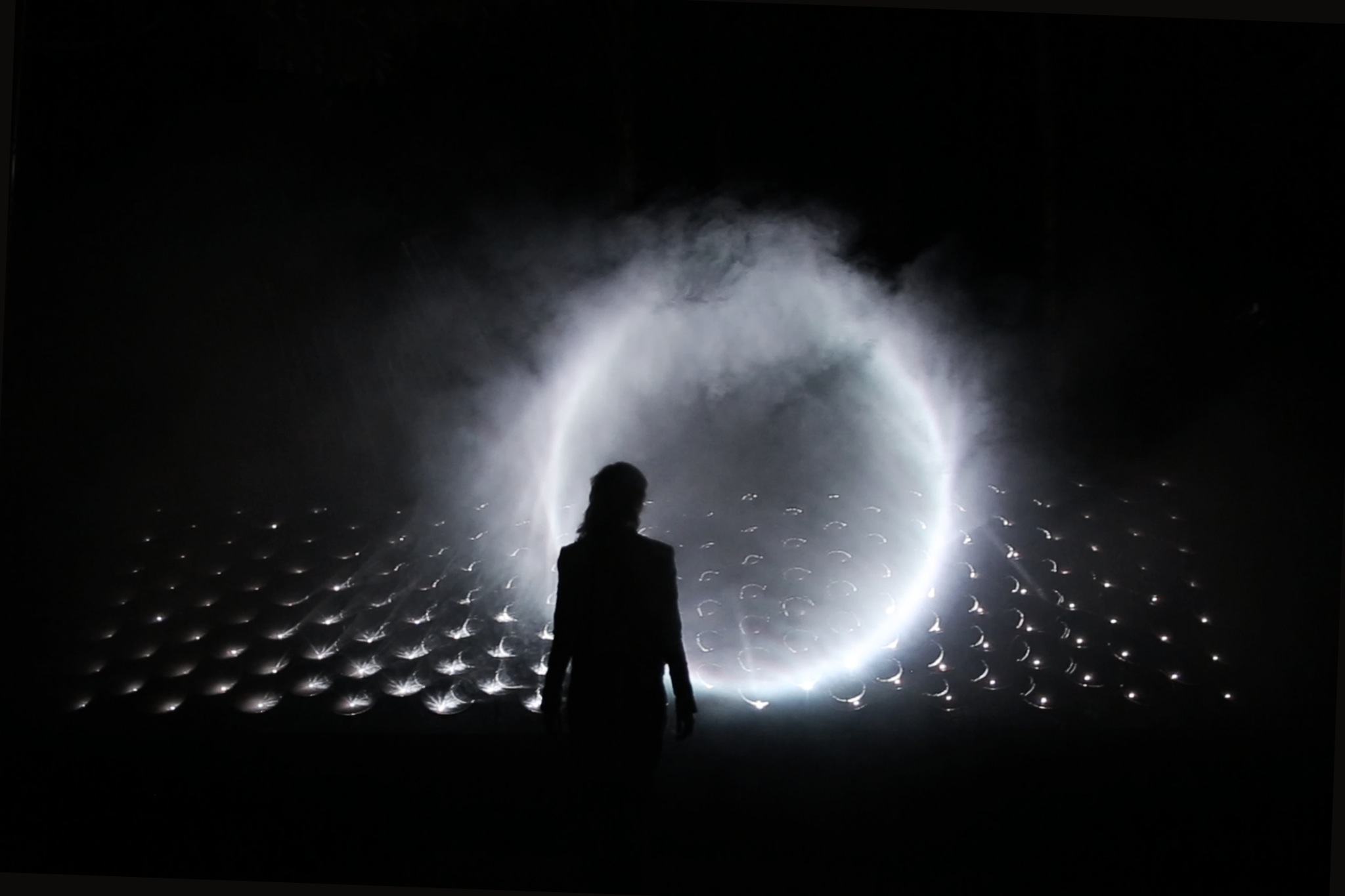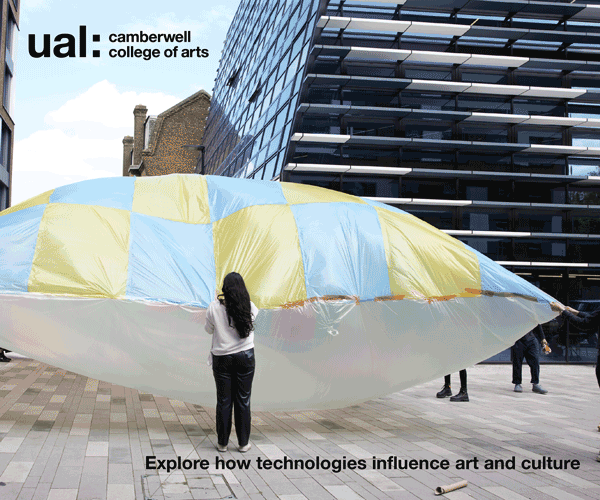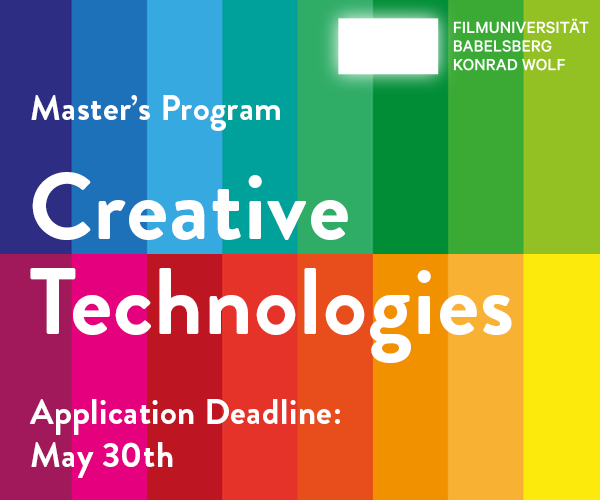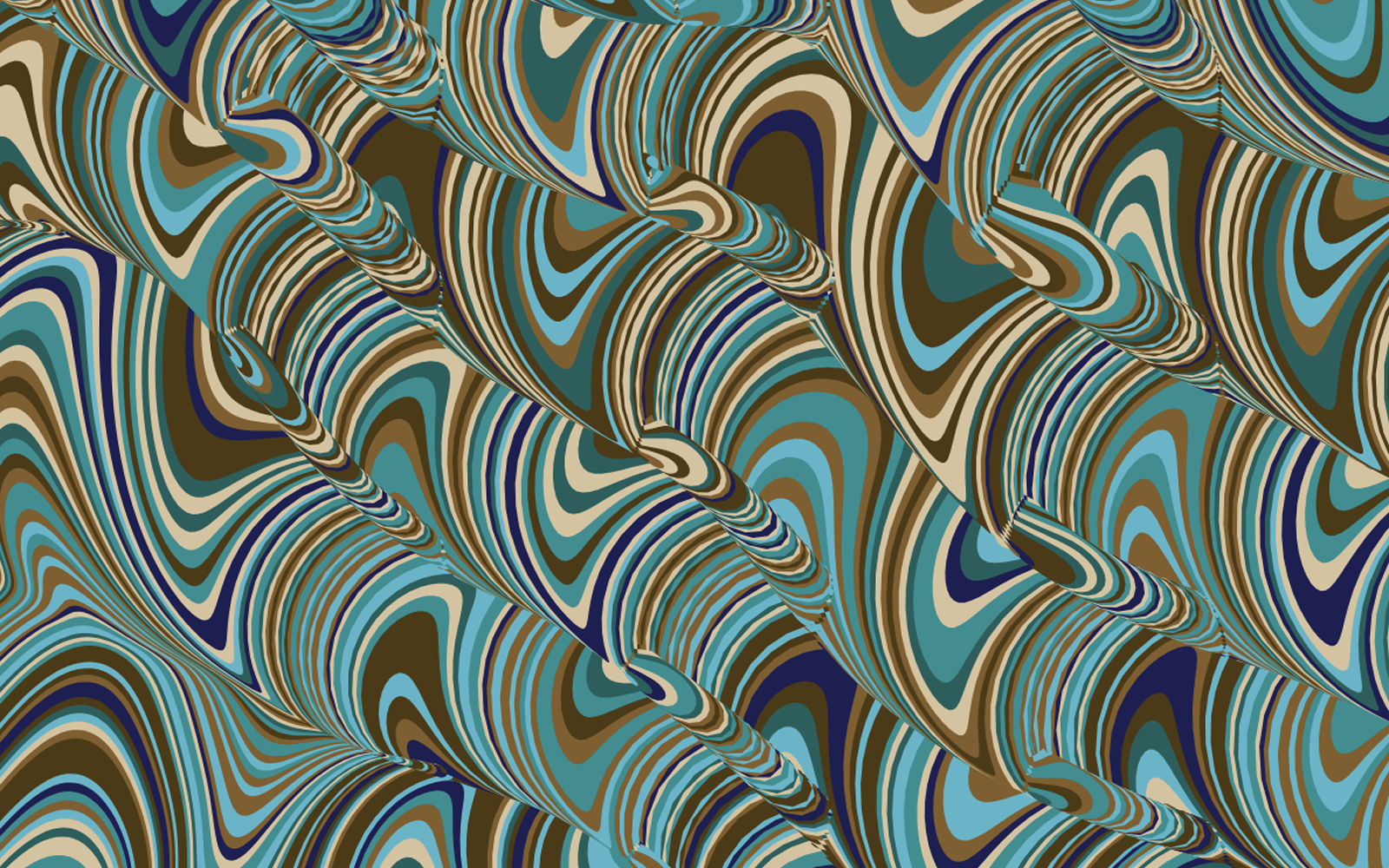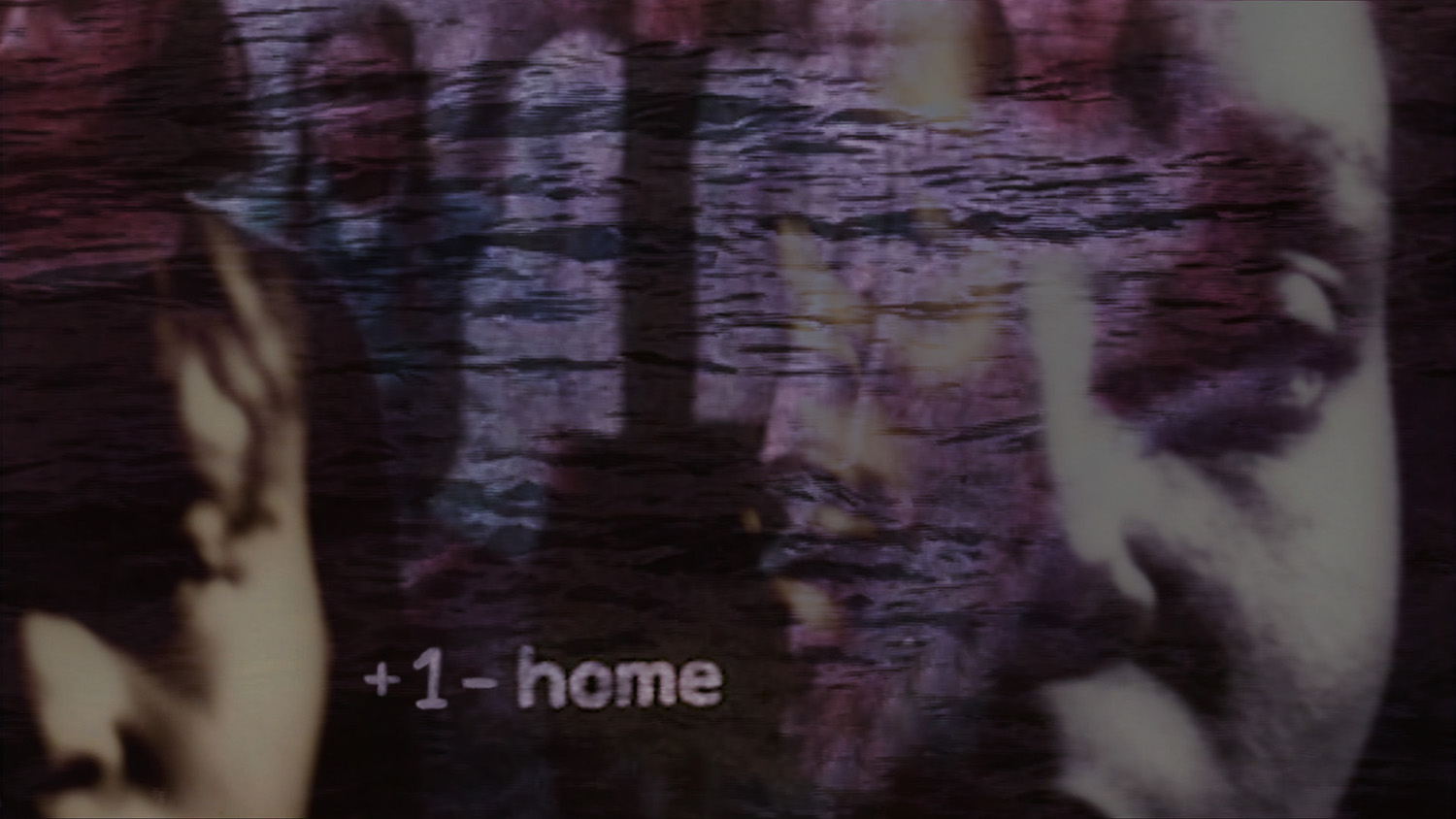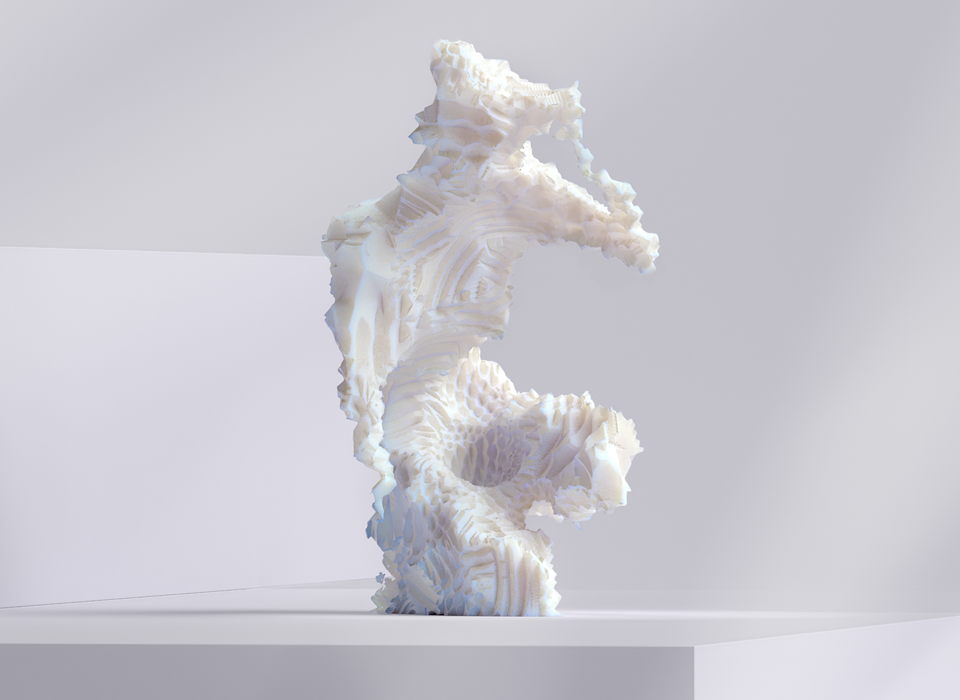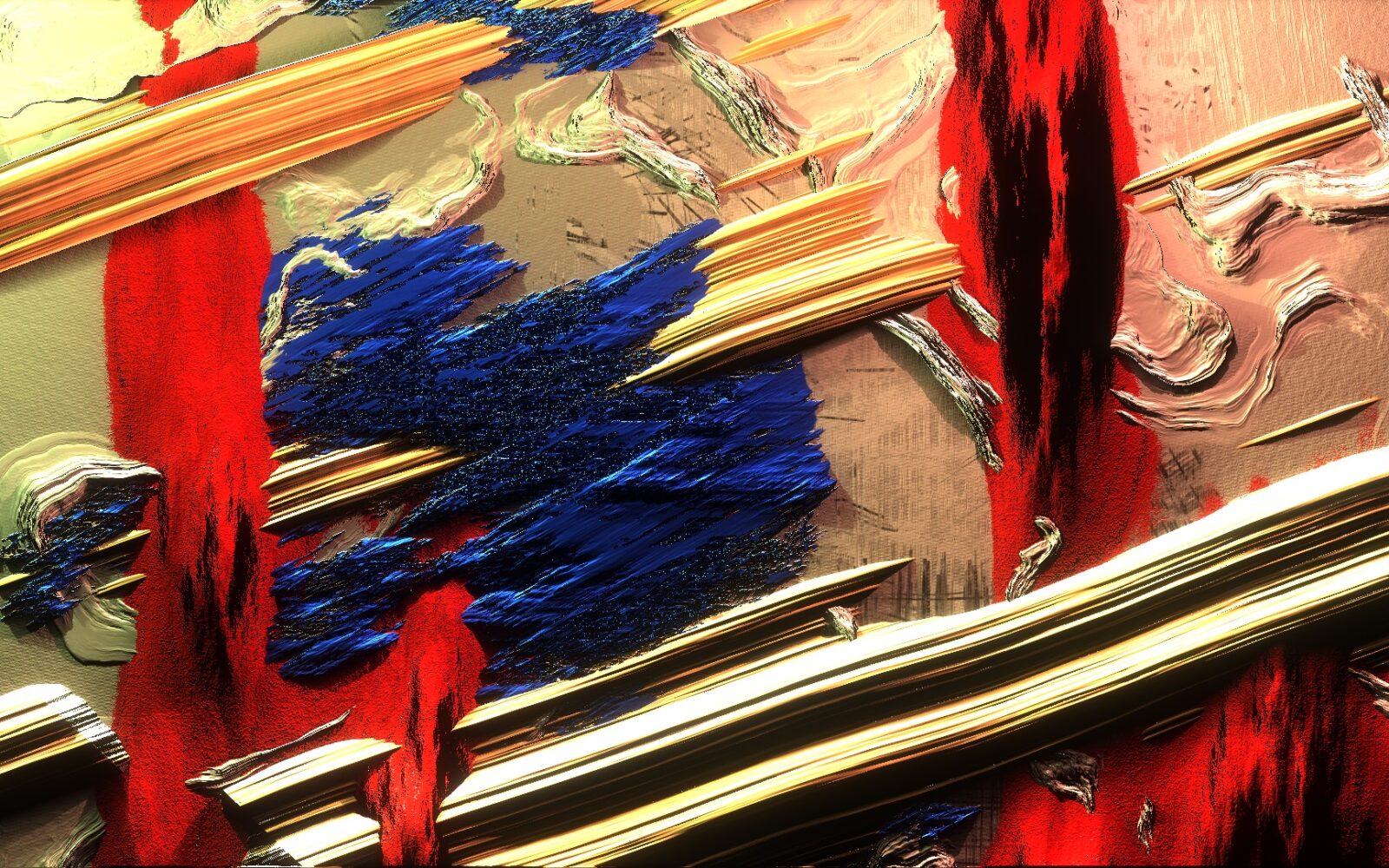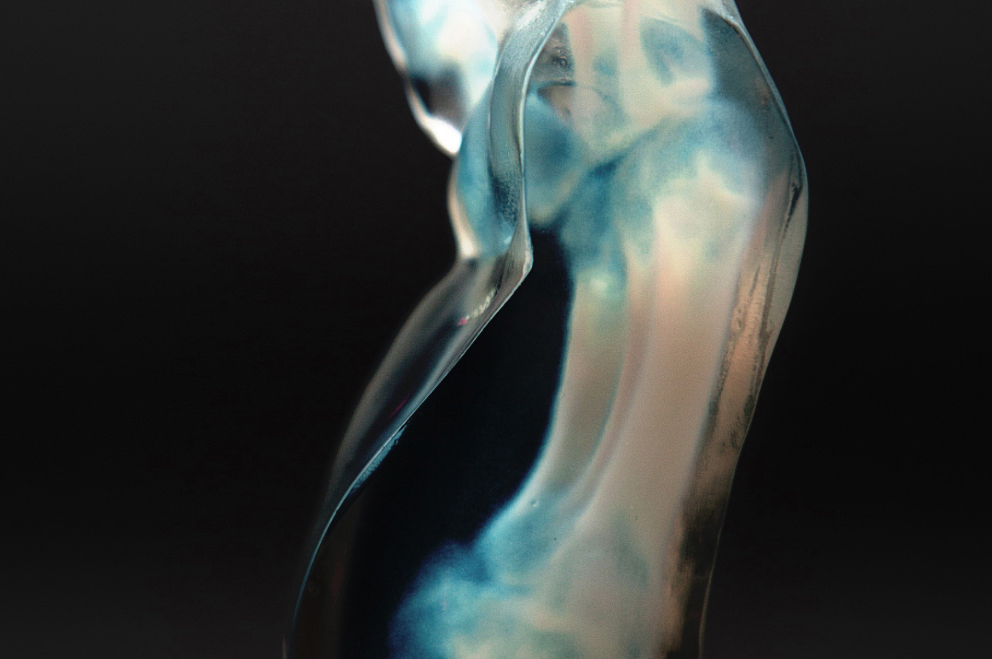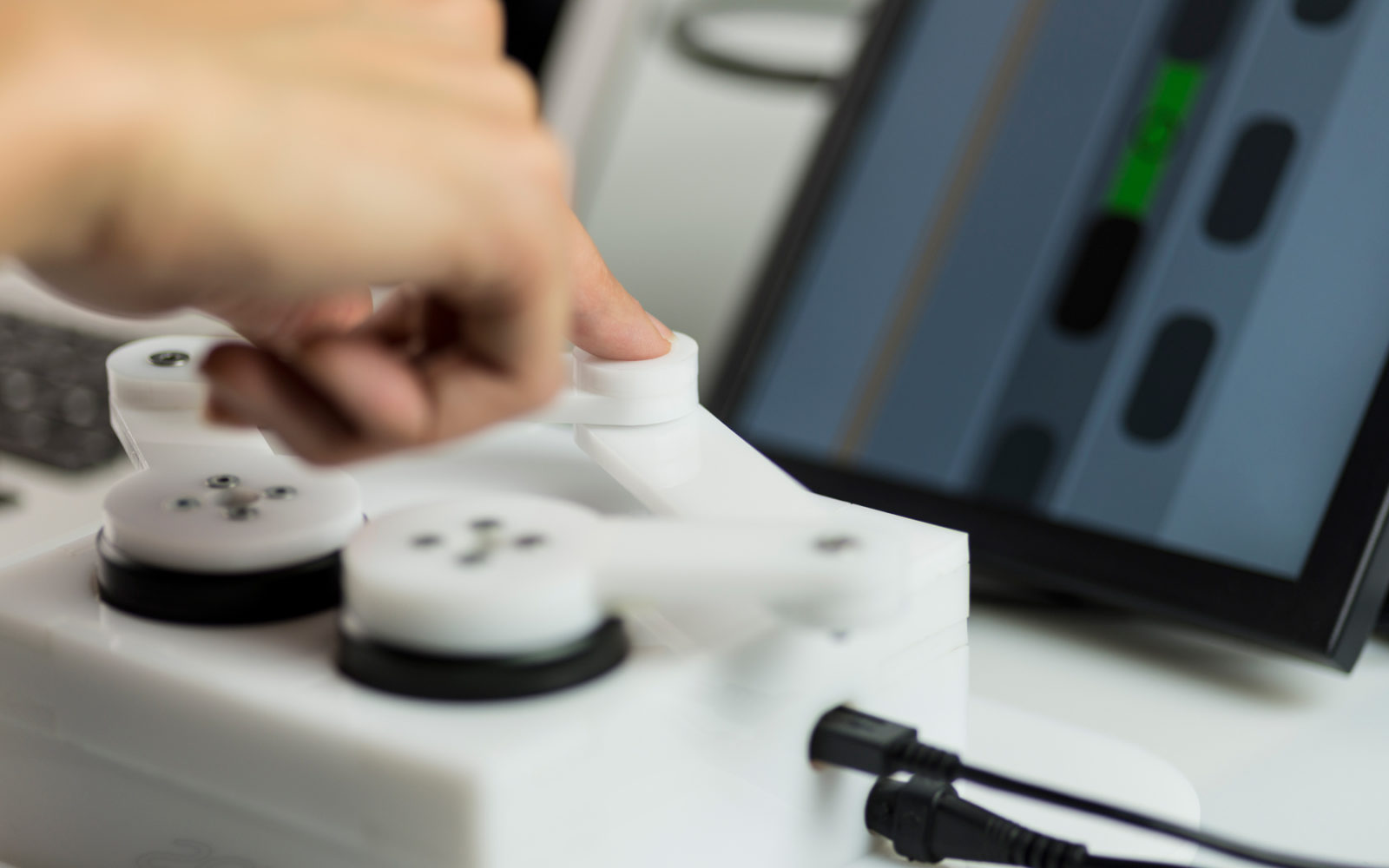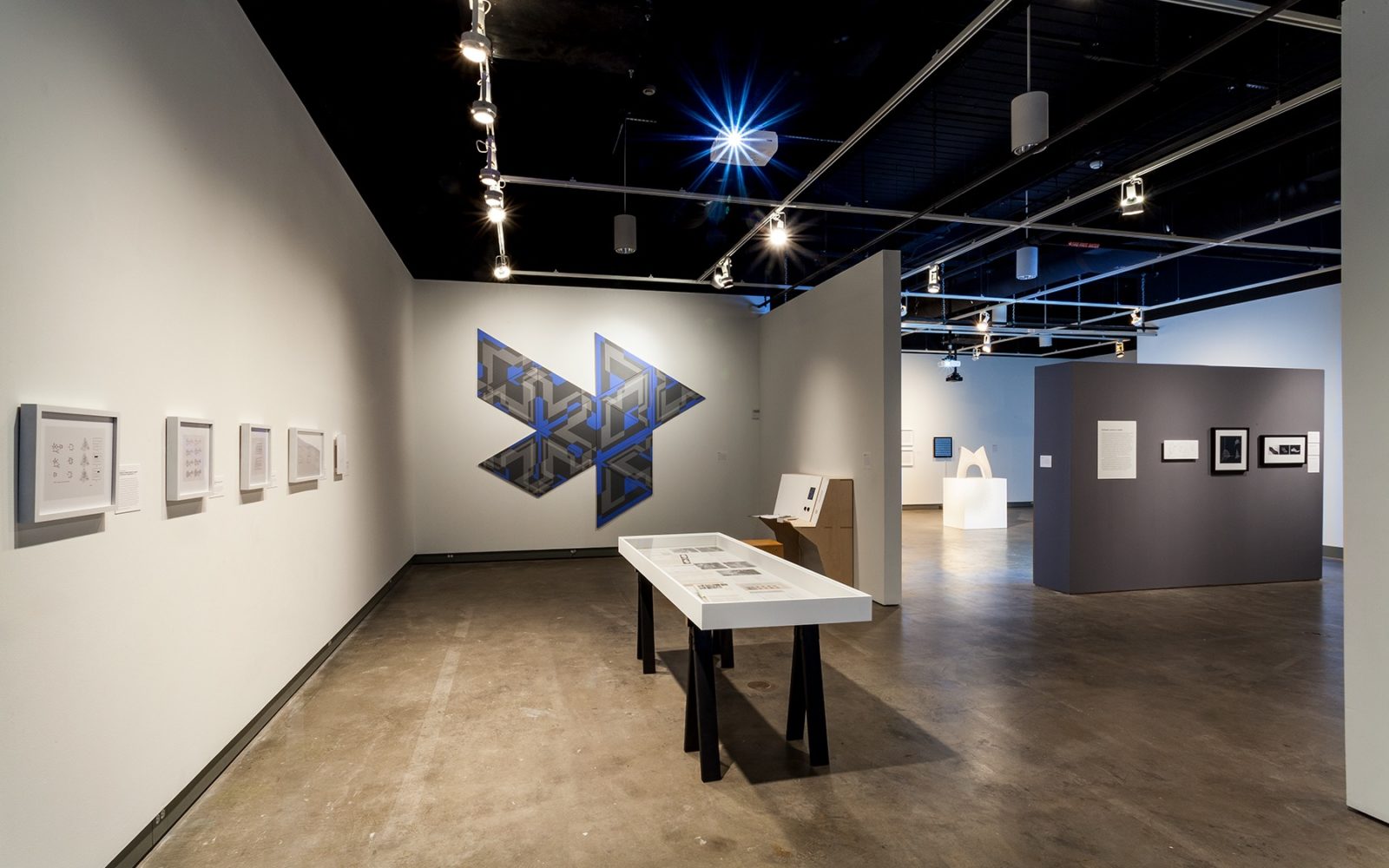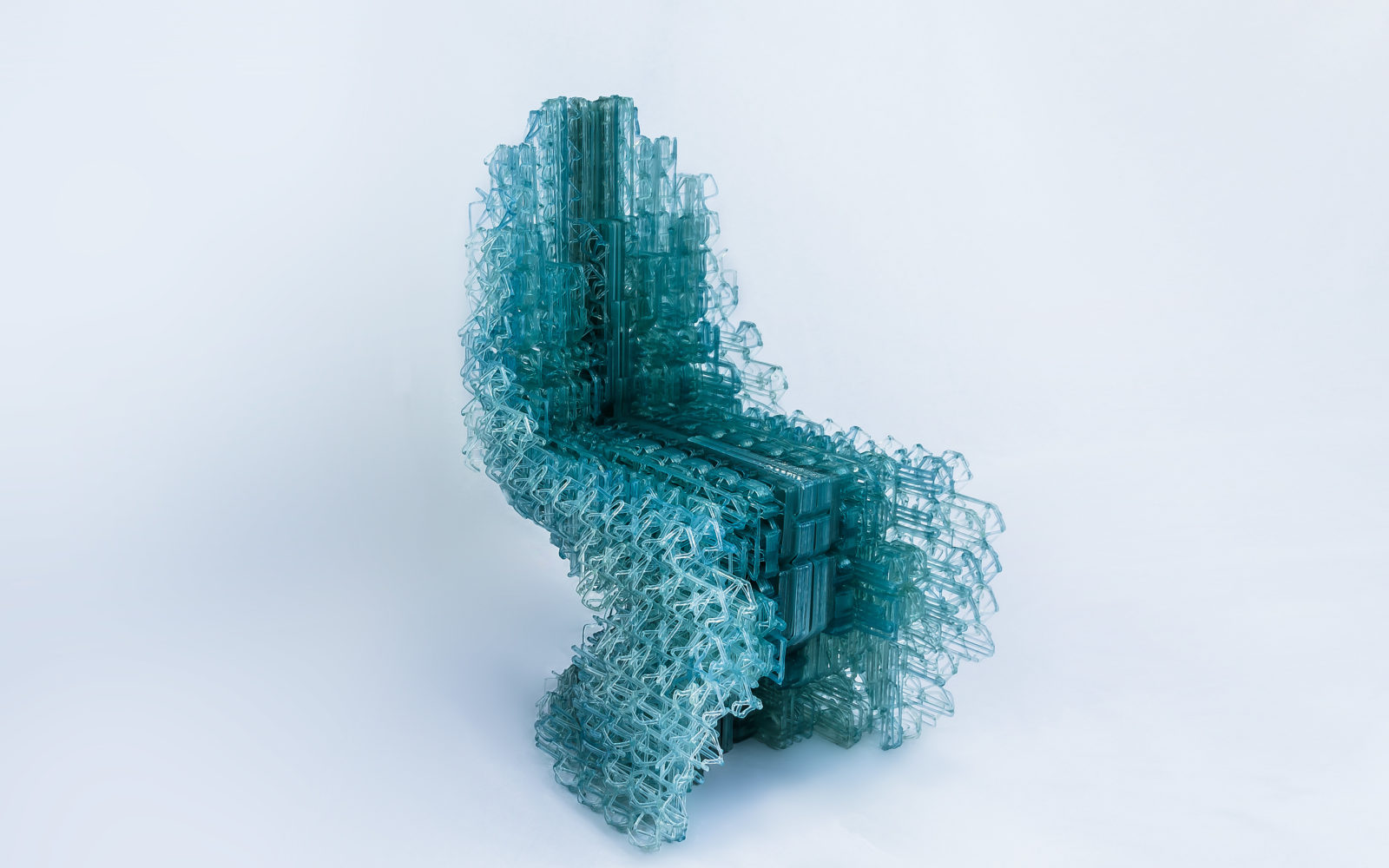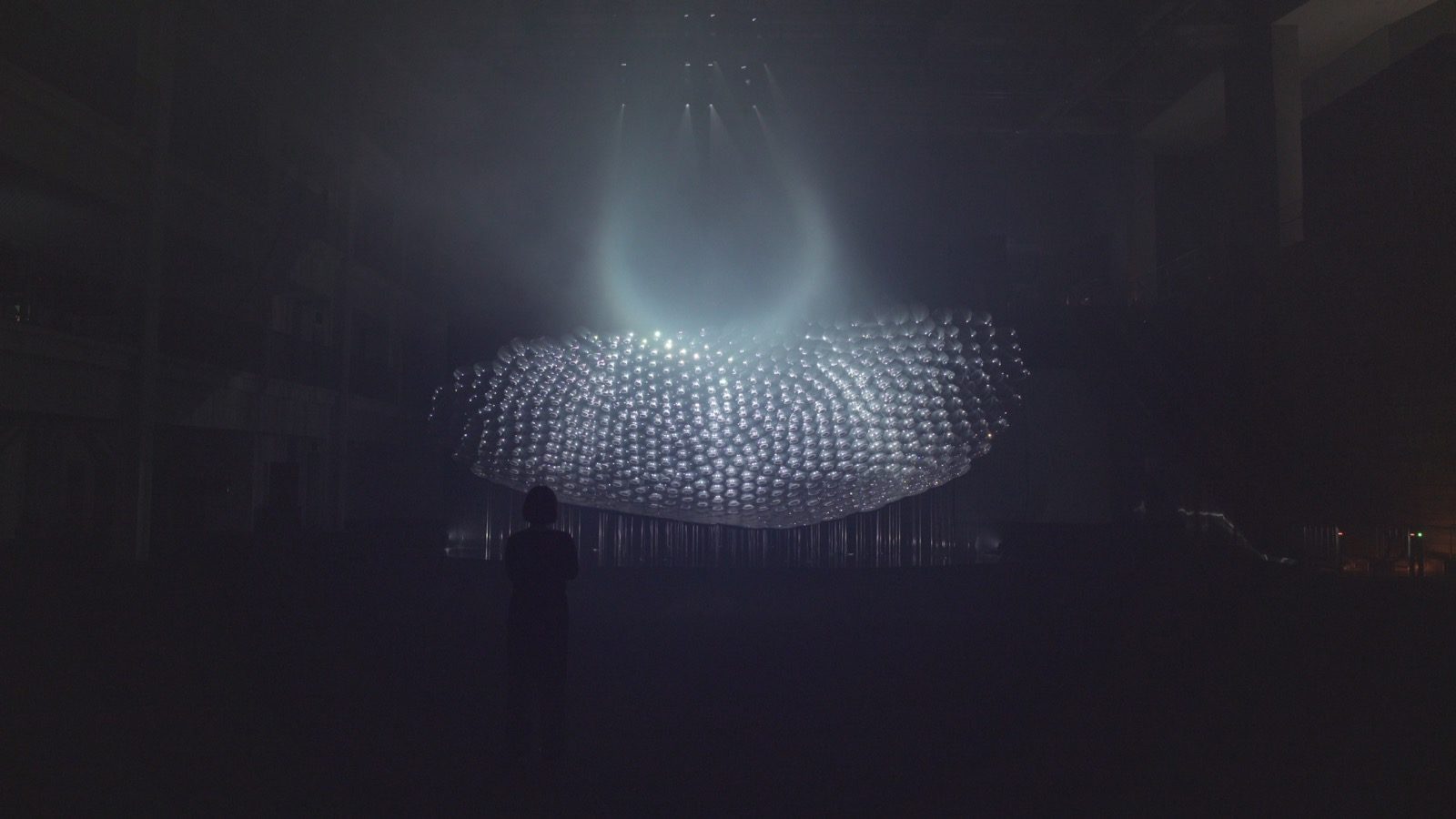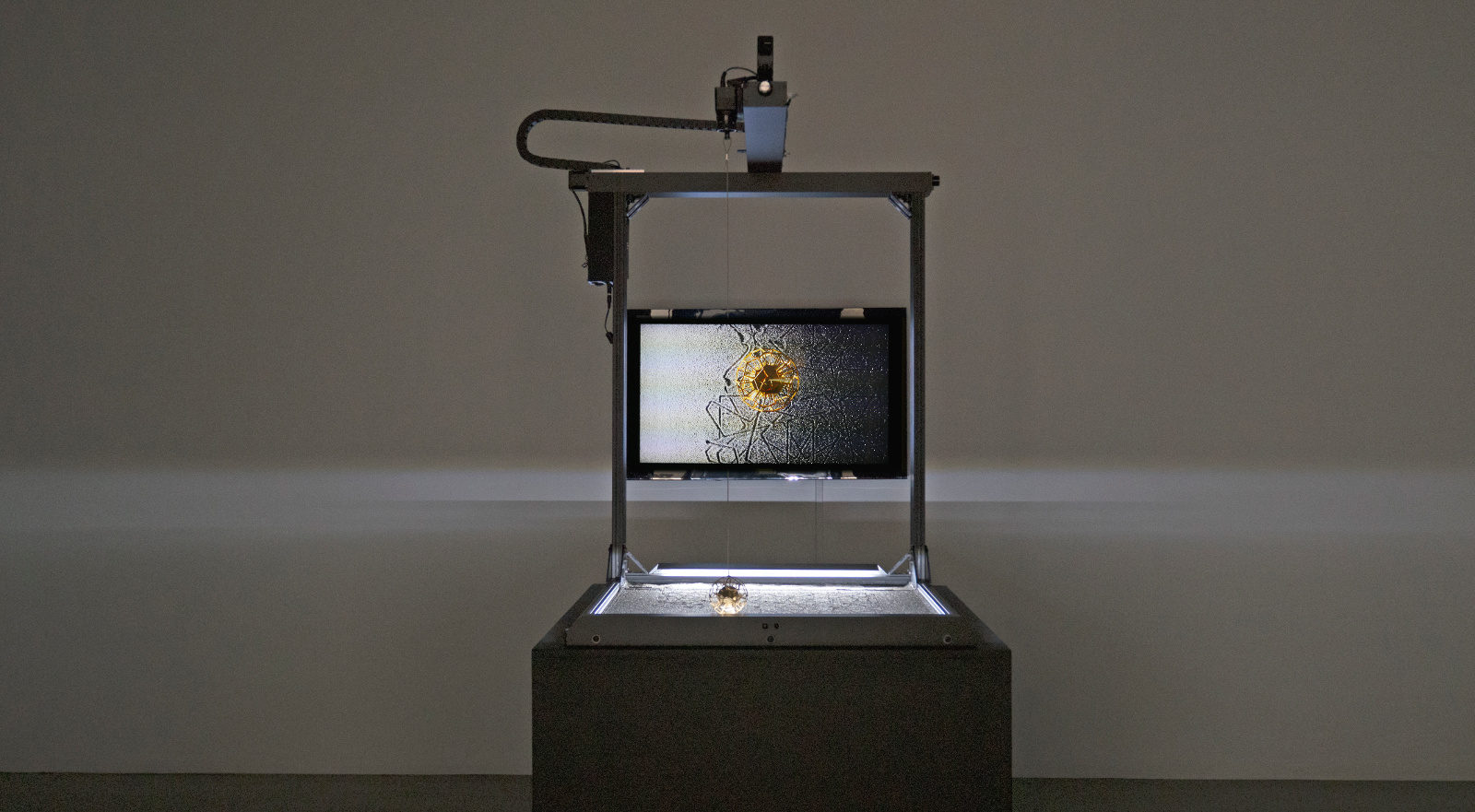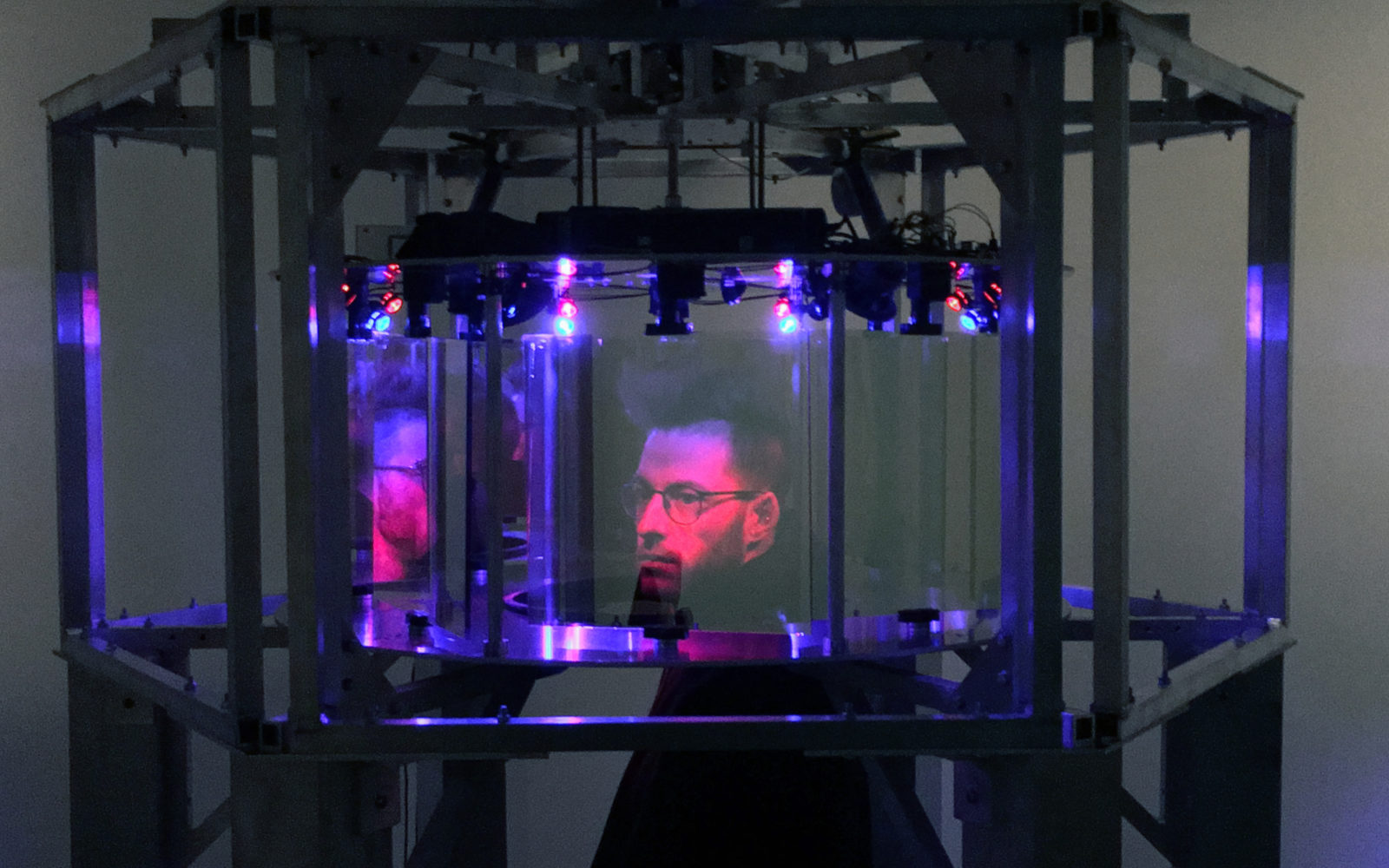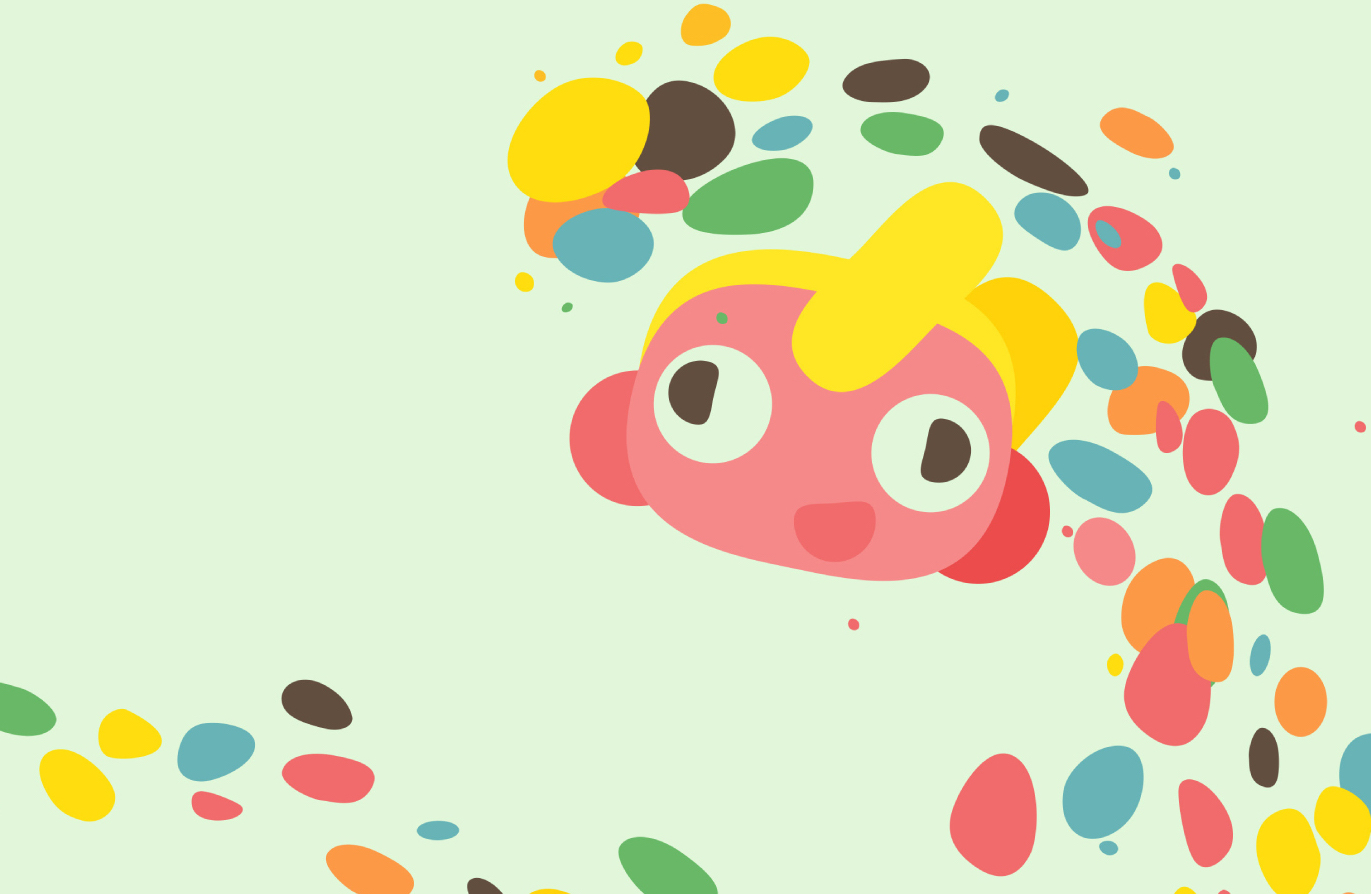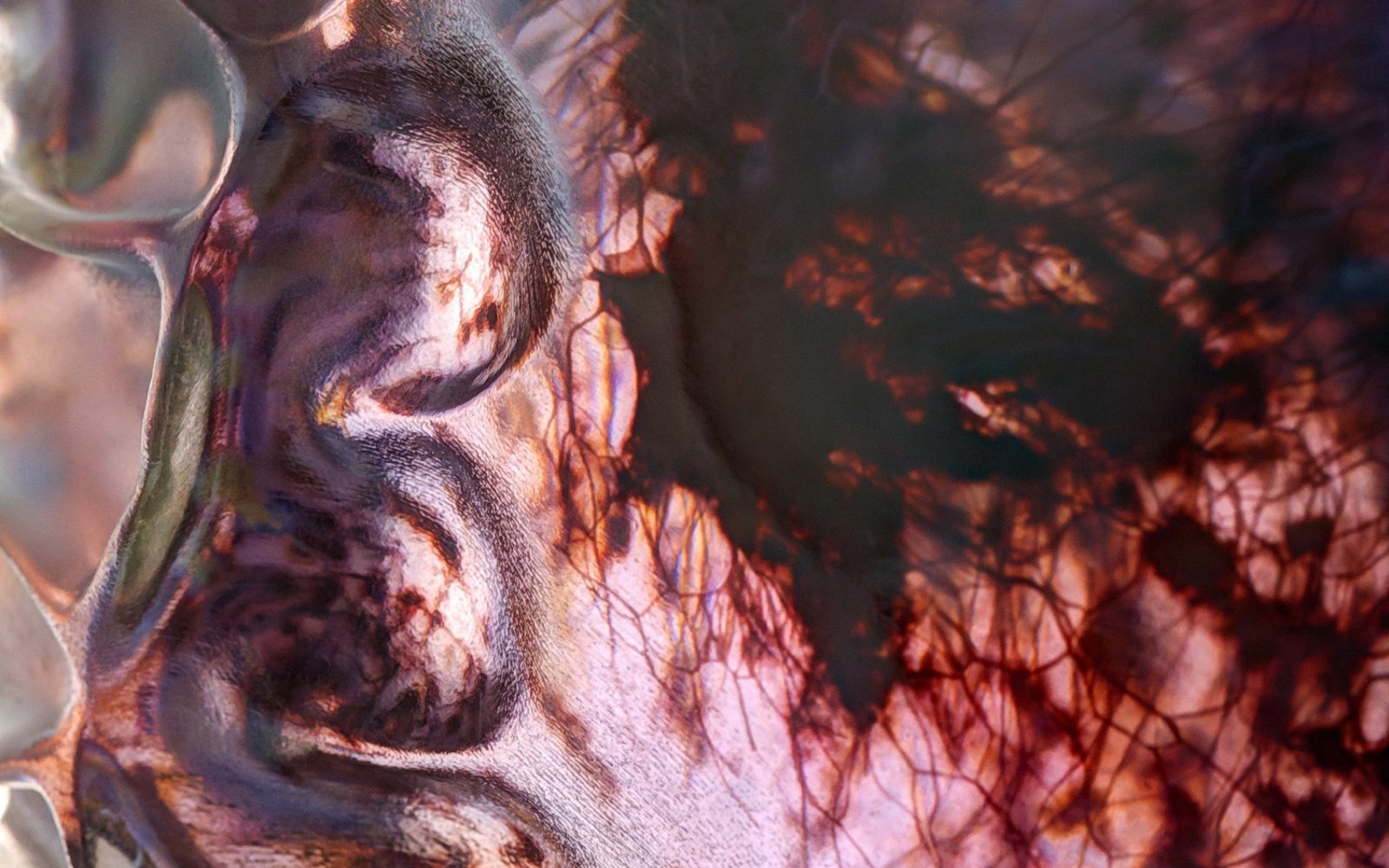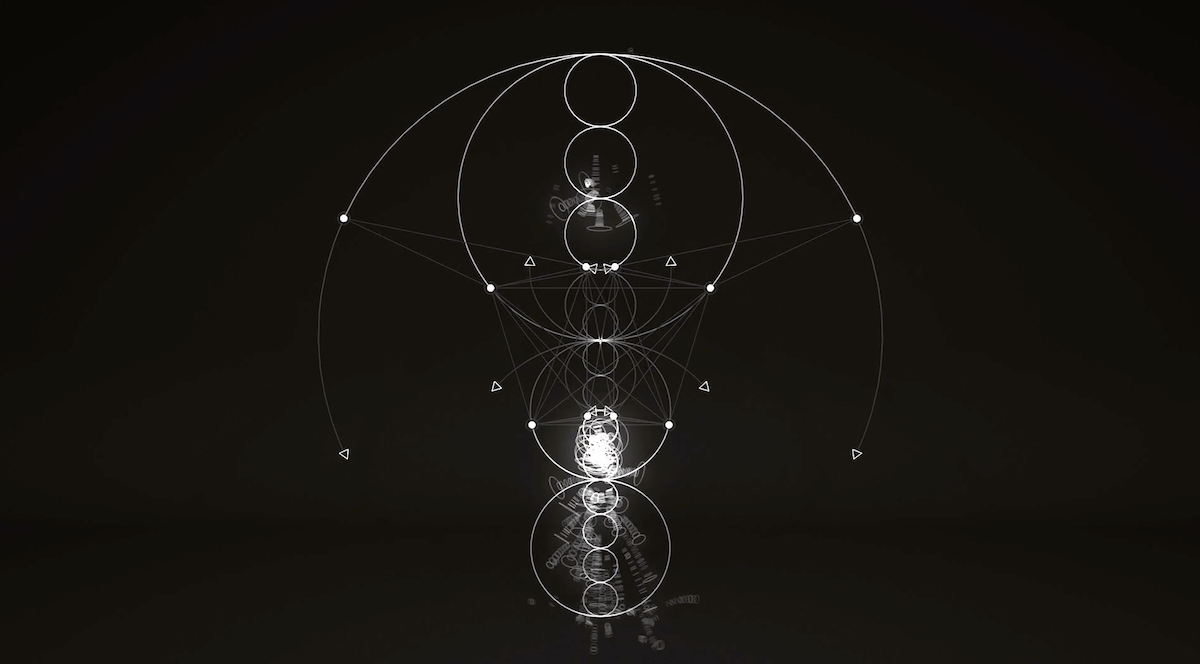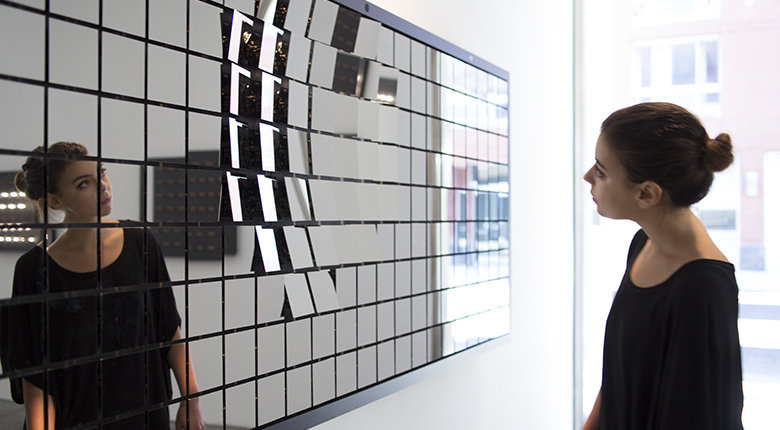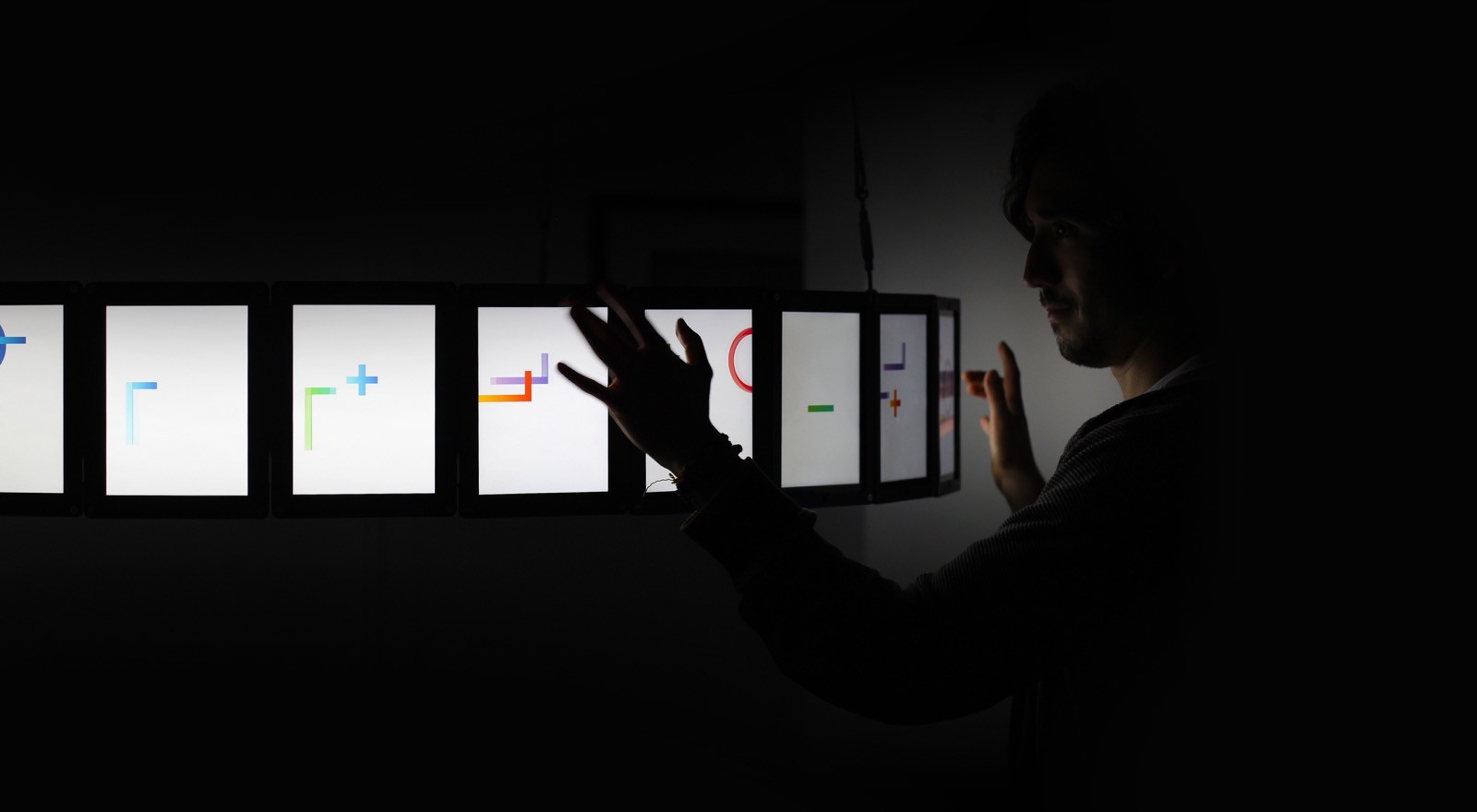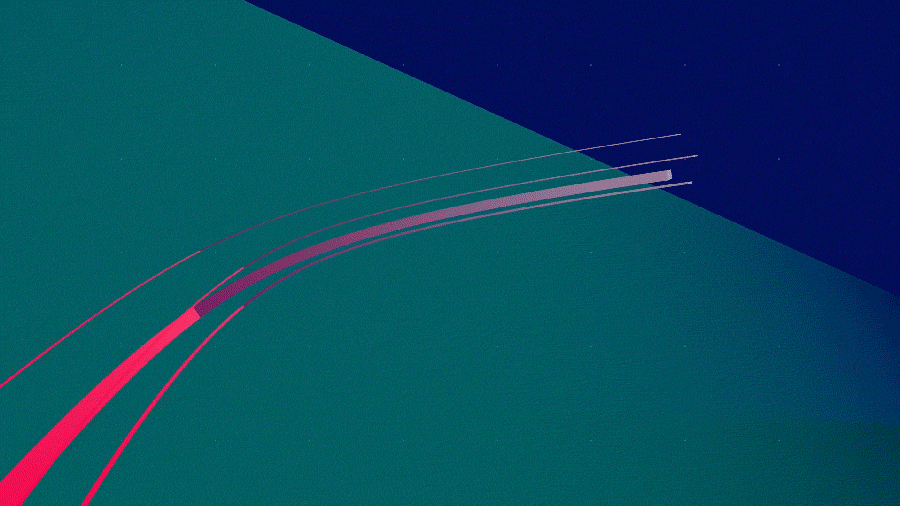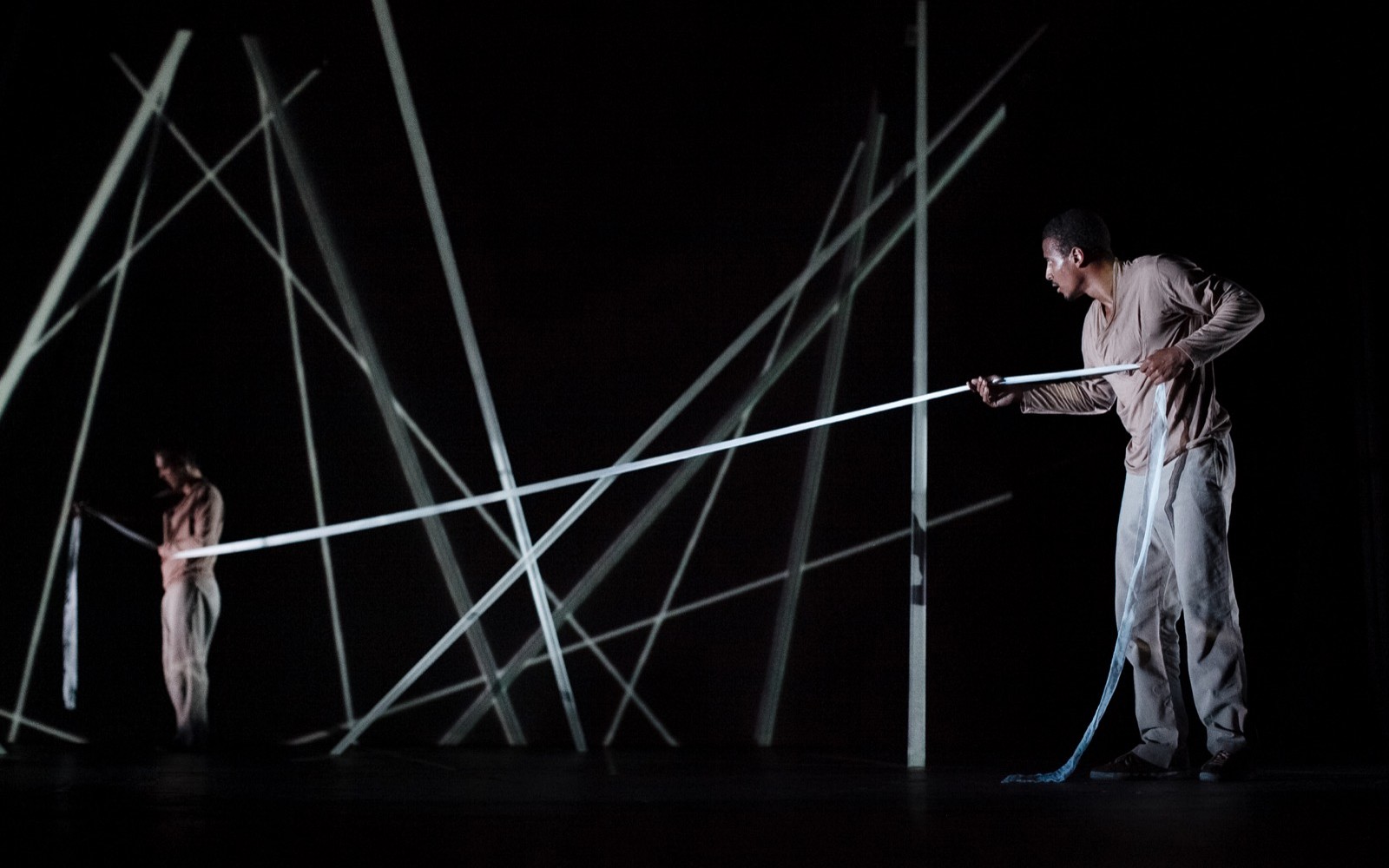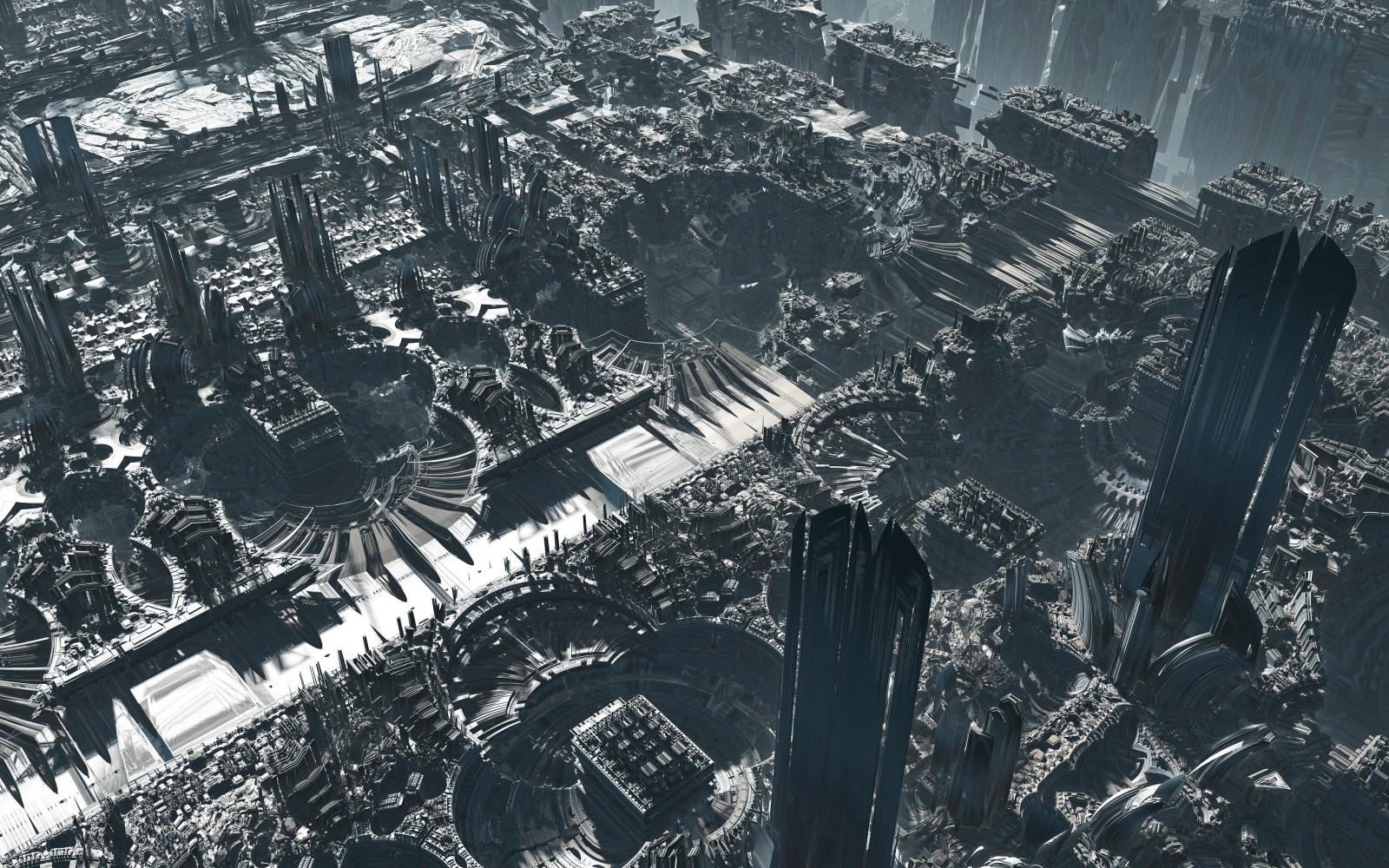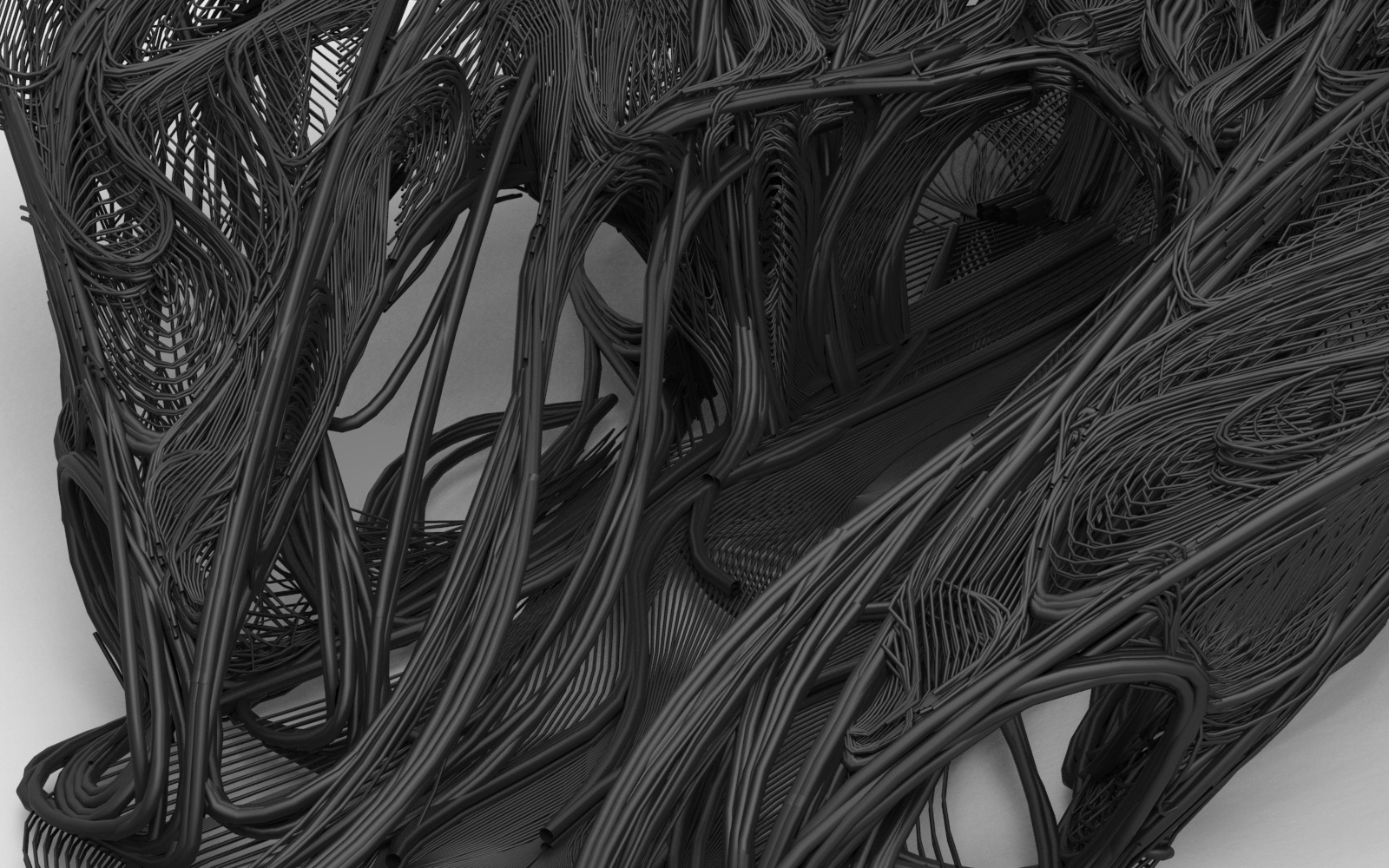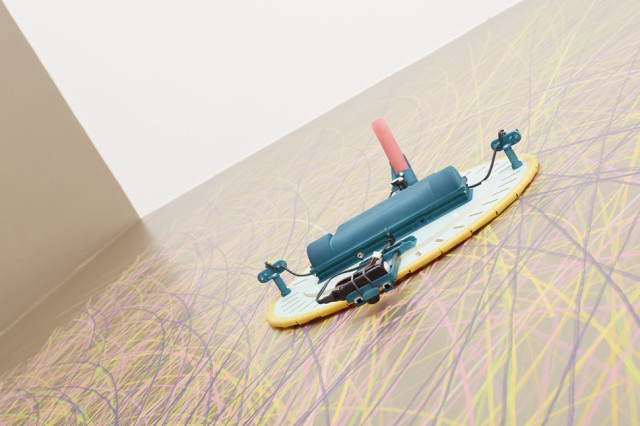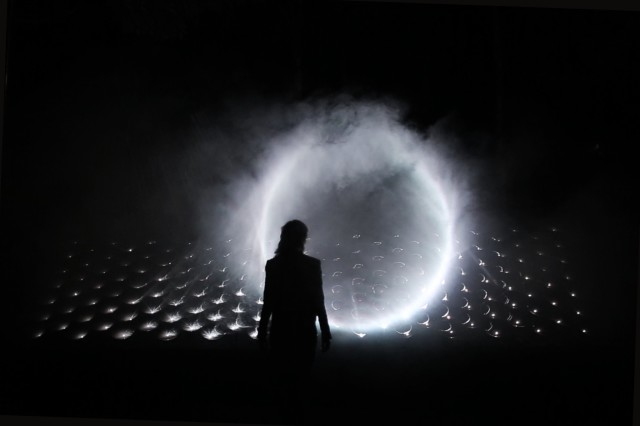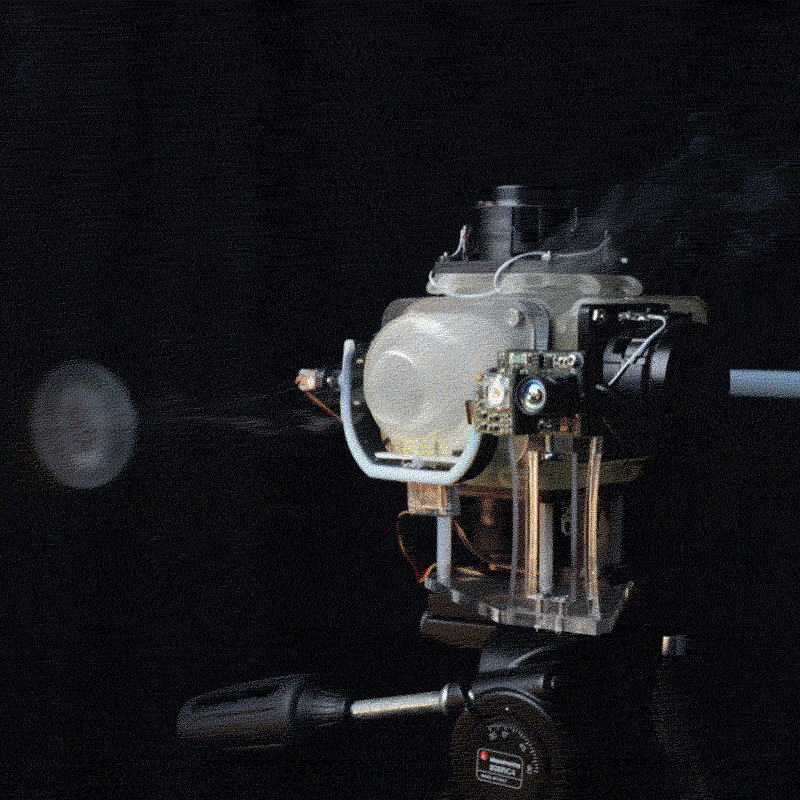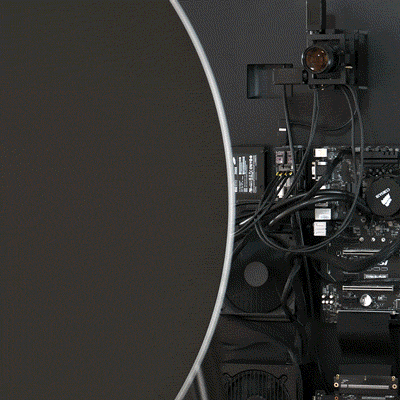/?s=curve
Displaying search results
85 Results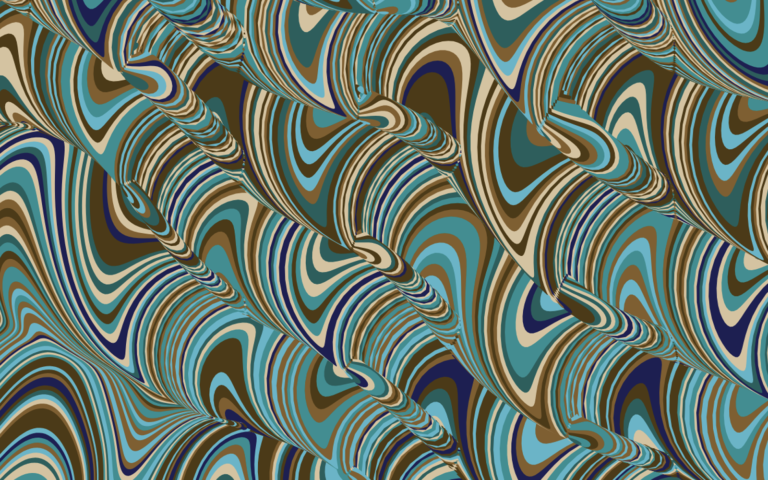
‘Curves to marble’ is a generative token replicating the traditional pattern-making technique of Marbling. This amazing technique is said to have originated almost 900 years ago in Japan. The beautiful thing about this token is that all the patterns are unique and it is almost impossible to duplicate one. The video below explains well – Inspired…
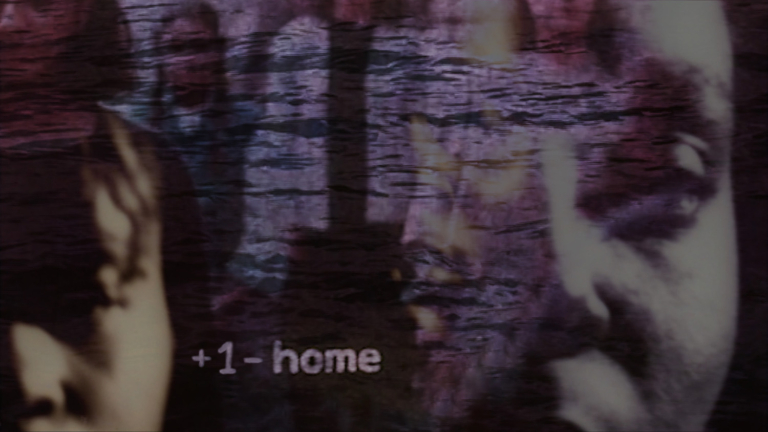
Originally conceived at the start of a global pandemic as a website, +1-home now continues its life as a digital installation in a gallery, custom-made to InterAccess’s immersive projection environment as a two-player interactive experience.
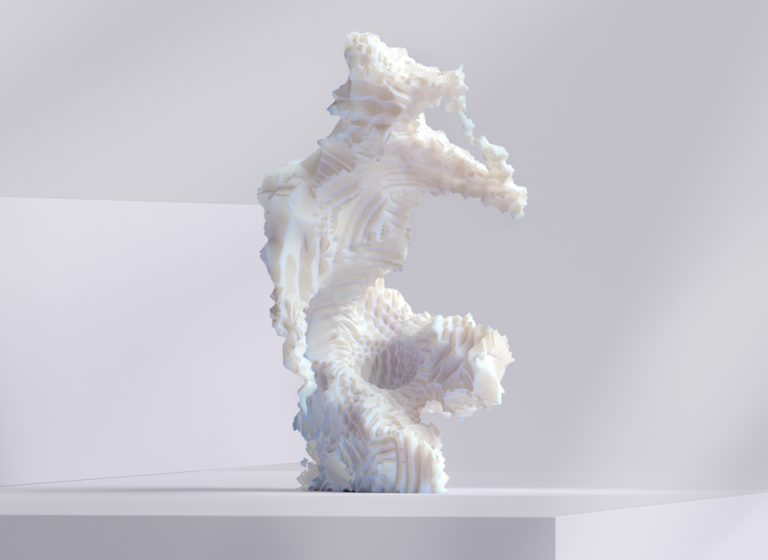
Imagined as a tool to provide assistance to a conventional approach to sculpting, here an AI model is developed to seek out strategies that provide a constant improvement to how a given form is achieved. By feeding it with different tools, rules and rewards through reinforcement learning, the team steer the process revealing unpredictable outcomes.
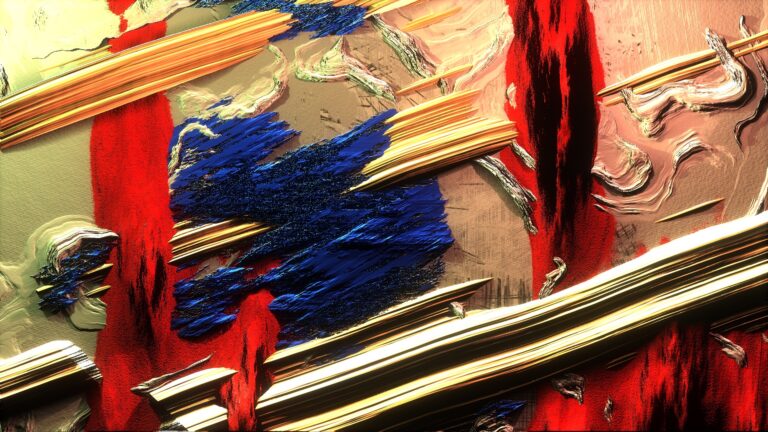
Created by Kynd in collaboration with Yu Miyashita (Sound), ‘Expressions’ is a series of artworks exploring the physicality of thick and bold paint-like dynamic constructs that emerge from illuminated digital space revealing an intricate play of shapes, light and shadow.
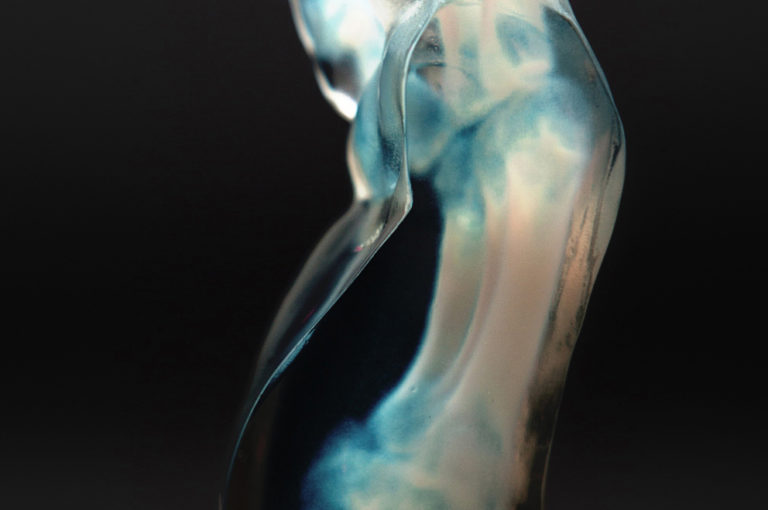
Developed by the team at the MIT Media Lab’s Mediated Matter research group, the following research demonstrates multimaterial voxel-printing method that enables physical visualisation of volumetric data.
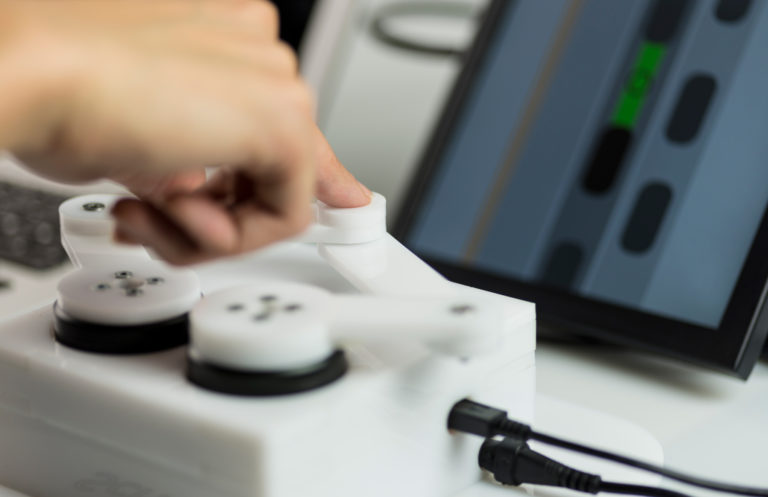
Created by Felix Ros, ‘Scribble’ is a haptic interface designed for autonomous cars that lets the driver draw their way through traffic. They draw a path and the car will follow, not letting them drive but pilot the car, helping the car when in need. Scribble is powered by an Arduino DUE that is controlled over a serial connection by a GUI made in openFrameworks.

“Designing the Computational Image, Imagining Computational Design” is an exhibition that excavates the foundation of computer-aided design and manufacturing and weaves together several ‘origin stories’ for contemporary consideration. The show recently closed after a seven-week run at the Miller Gallery at Carnegie Mellon University in Pittsburgh, and CAN was fortunate enough to get a guided tour with curator Daniel Cardoso Llach as it was winding down.
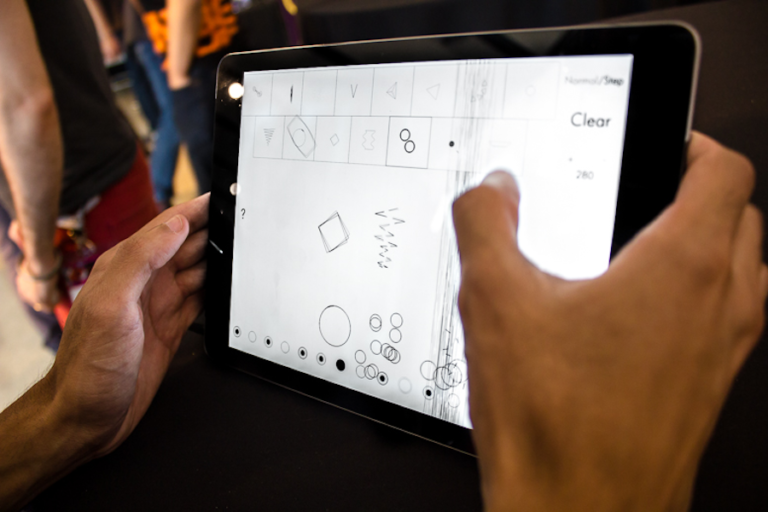
Created by Andy Wallace & Dan Friel, Bleep Space is a free sequencer toy that uses stark geometry to allow users to create noisy beats by assembling 15 sounds accompanied by motion graphics and procedural animations.
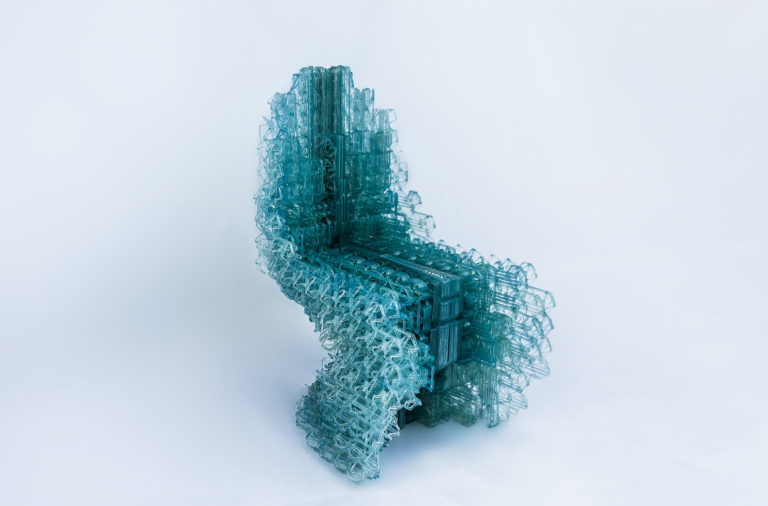
Created by Manuel Jiménez Garcia and Gilles Retsin, ‘Voxel Chair’ is a first prototype designed using a new design software specifically developed for robotic 3D-Printing which rather than using pre-defined forms and then “slicing” these it into toolpaths or triangular patterns, allows to design and control thousands of line-fragments.
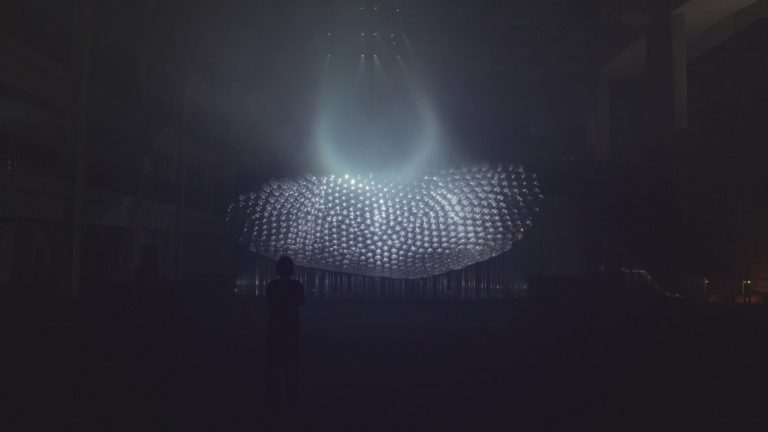
Created by Seoul based duo Kimchi and Chips, “The Light Barrier Third Edition” is the latest and largest in the series of works by the studio to create volumetric drawings in the air using hundreds of calibrated video projections.
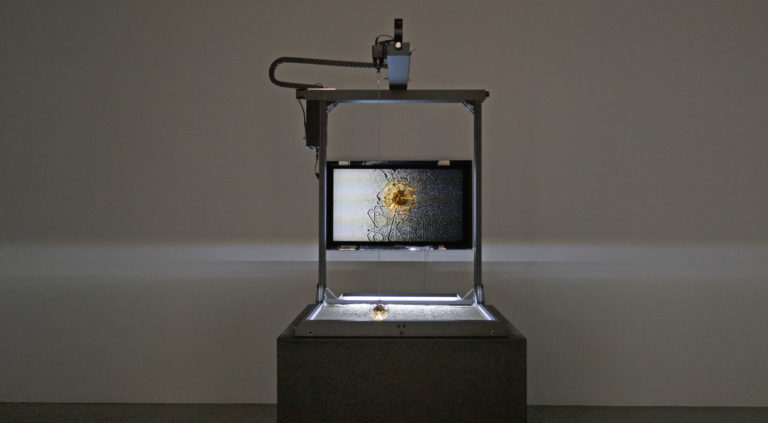
Entropic System is a drawing machine that inscribes ornate geometric patterns into a bed of ‘black beauty’ sand. Made by the Denver-based media artist Laleh Mehran the device has instability built-in to it, and creates a feedback loop where approaching it affects its output.
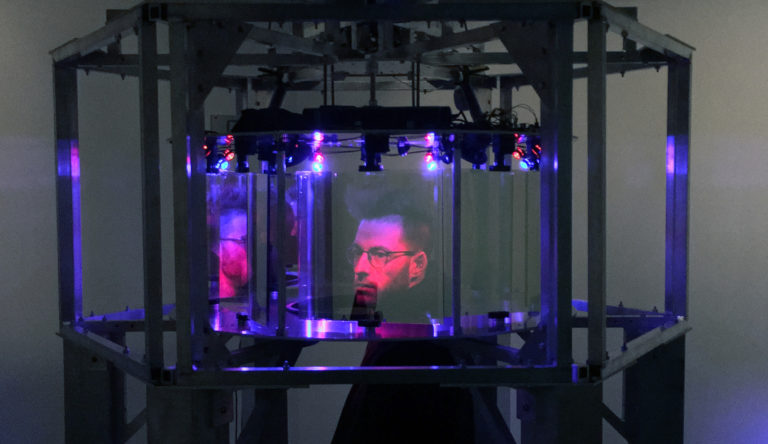
The Object of the Internet is a kinetic installation by Montréal-based artist duo Project EVA. Prepared for “The Dead Web” exhibition at Eastern Bloc, the apparatus invites viewers to put their heads inside an elaborate spinning apparatus that reflects and blurs their likeness and identity.
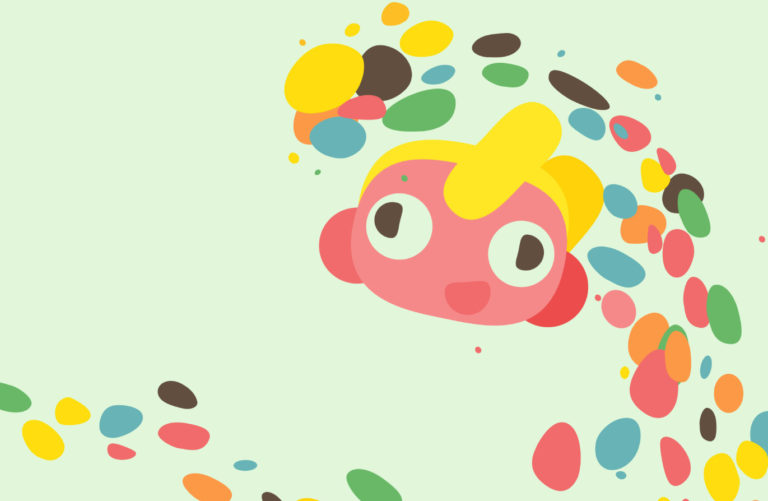
Part of a new series of posts inviting artists and curators to share latest projects on CAN, we’d like to introduce you to Evan Boehm, and his latest collaboration with Nexus Studios. Solace is an interactive animated film based on celebrated science fiction writer Jeff Noon’s short story about a near future in which marketing and addiction are disturbingly intertwined.
CG artist Alan Warburton recently created an incisive video essay that describes the contemporary digital image as “spectacle, speculation, spam” and points at a few related practitioners and studios worth considering.
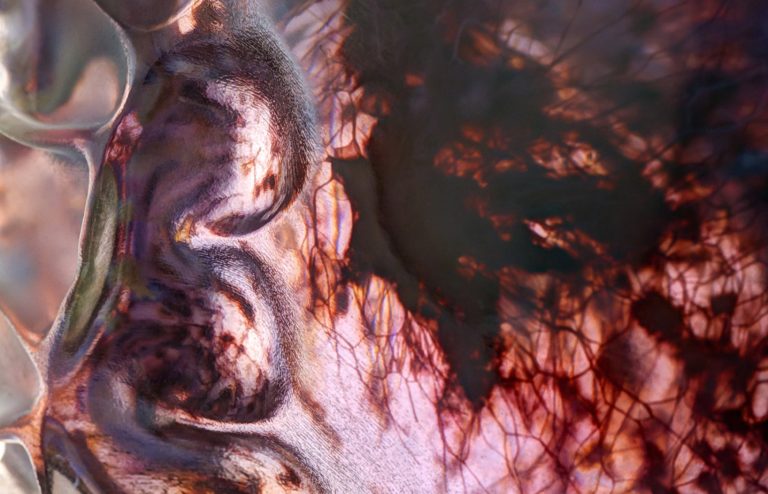
Developed at the MIT Media Lab’s Mediated Matter Group, ‘Data-Driven Material Modeling’ refers specifically to the process of the creation of high-resolution, geometrically complex, and materially heterogeneous 3D printed objects at product scale.
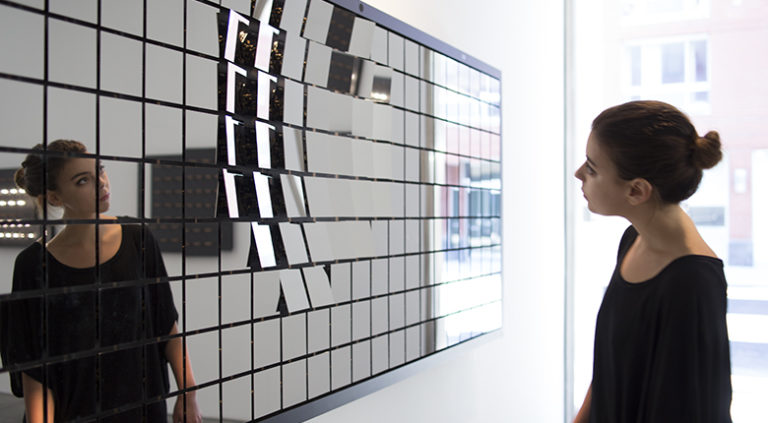
New work by London’s Random International includes almost two hundred identical, small mirrors are arranged in a grid to form a flat, homogenous surface. Hung against the wall, the mirrors are closely spaced and apparently static; but they possess the ability to move in harmony with one another.
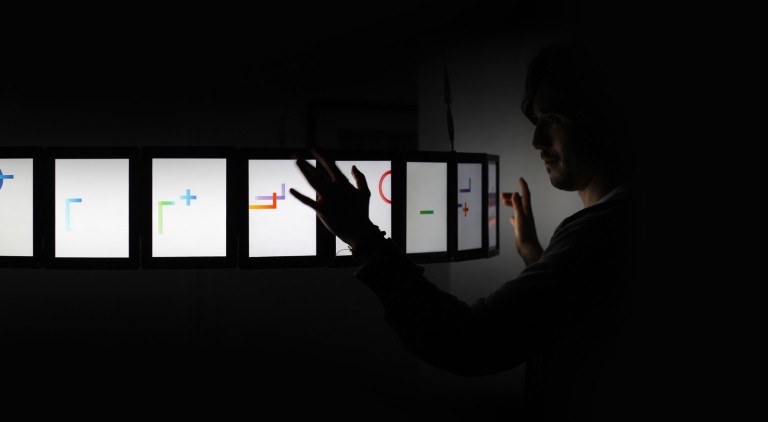
This tutorial will introduce you to creative-coding on iOS with C4, a powerful framework for creating expressive artworks and user experiences. Written entirely in Swift, C4 takes a modern approach to working with animation, gestures and media.
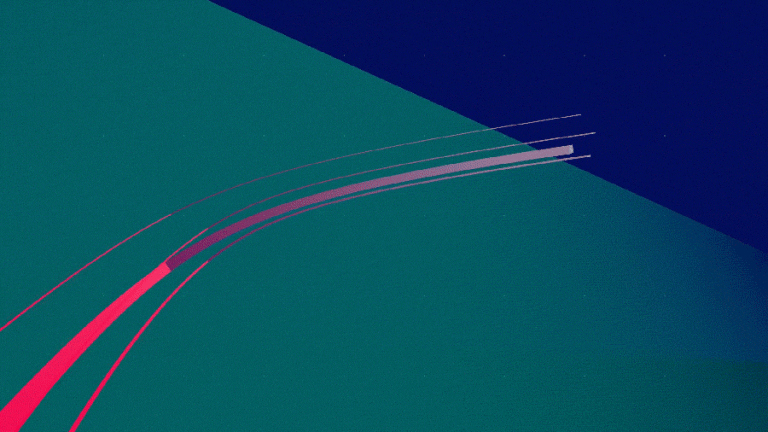
Create by FIELD, Unique Flow is a project celebrating the release of new car by Toyota C-HR. It’s imagined as a visual abstraction of the car, highlighting its design and intention, a combination of style, movement and flow. CAN goes behind the scenes!
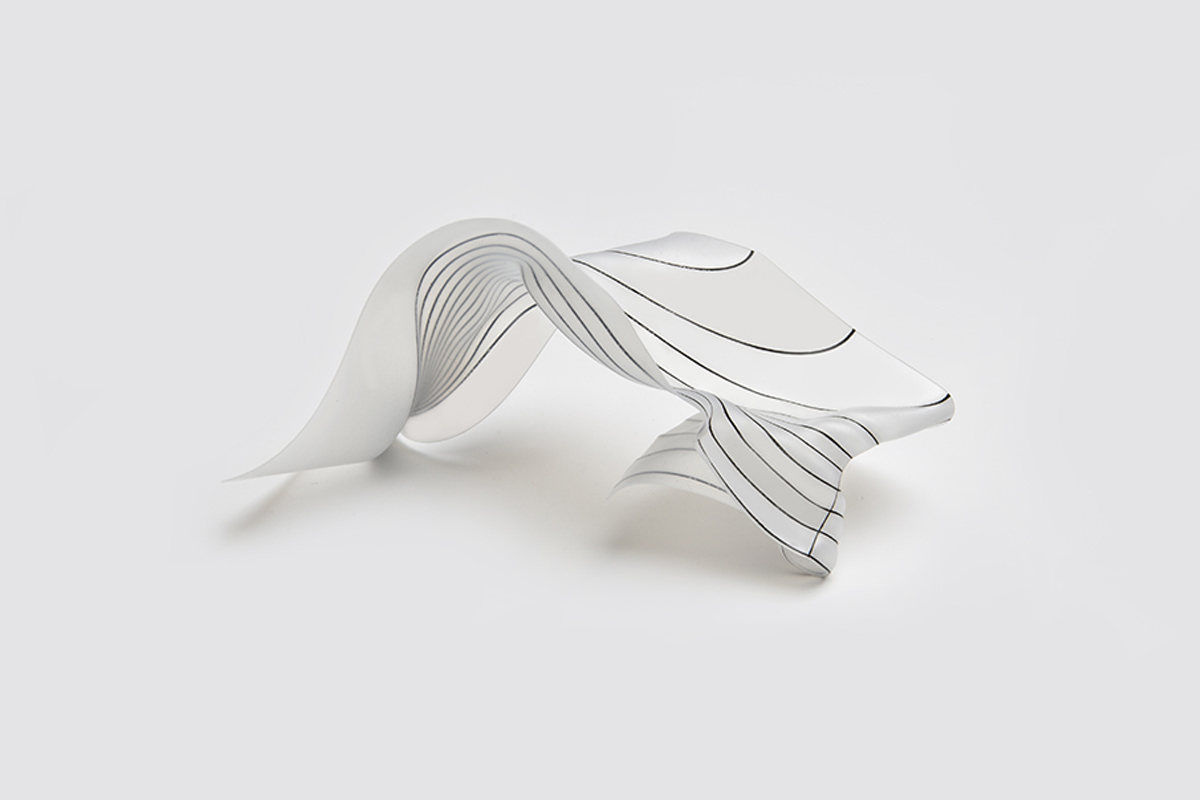
Created by Dana Zelig, Traces project explores the concept of programming everyday materials, a form of “physical programming” where objects are “made to act” on some form following specific instructions.
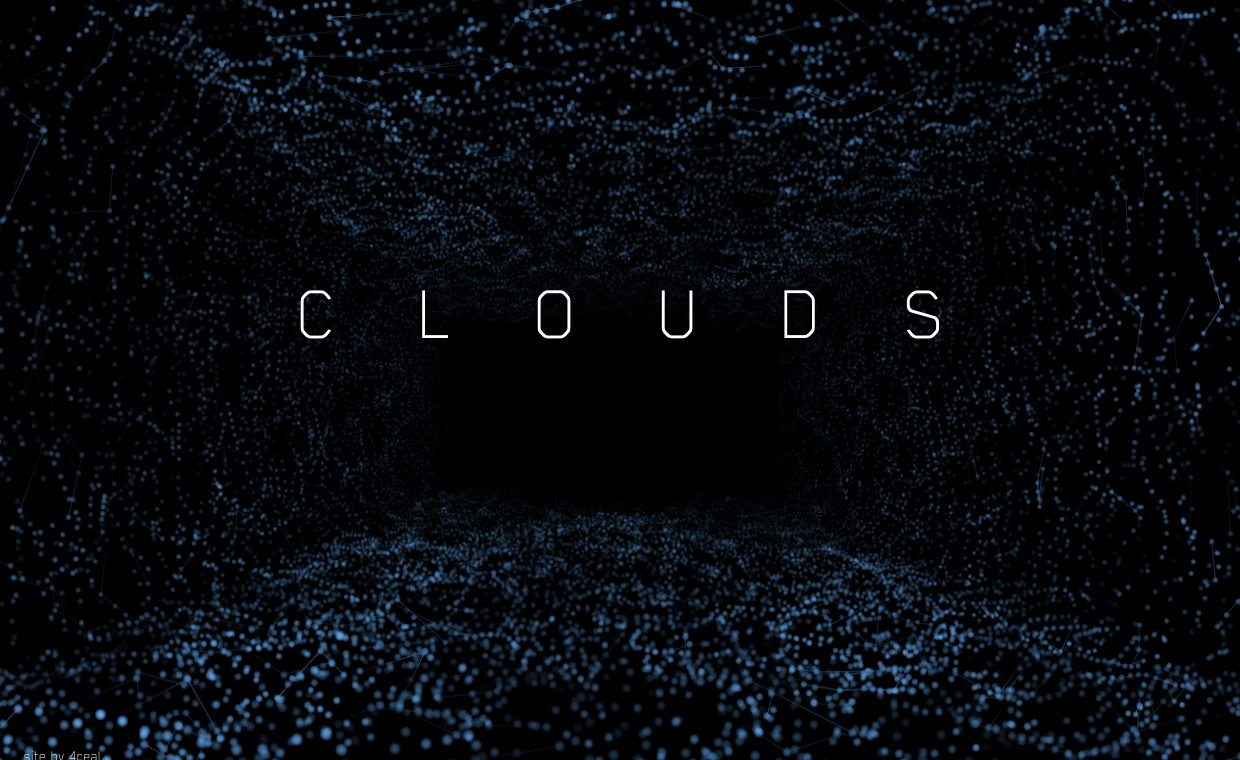
An interactive (and immersive) documentary on code and creativity, Jonathan Minard and James George’s CLOUDS is an ambitious project that is several years in the making. CAN donned an Oculus Rift DK2, explored its landscape and has weighed-in with a review.
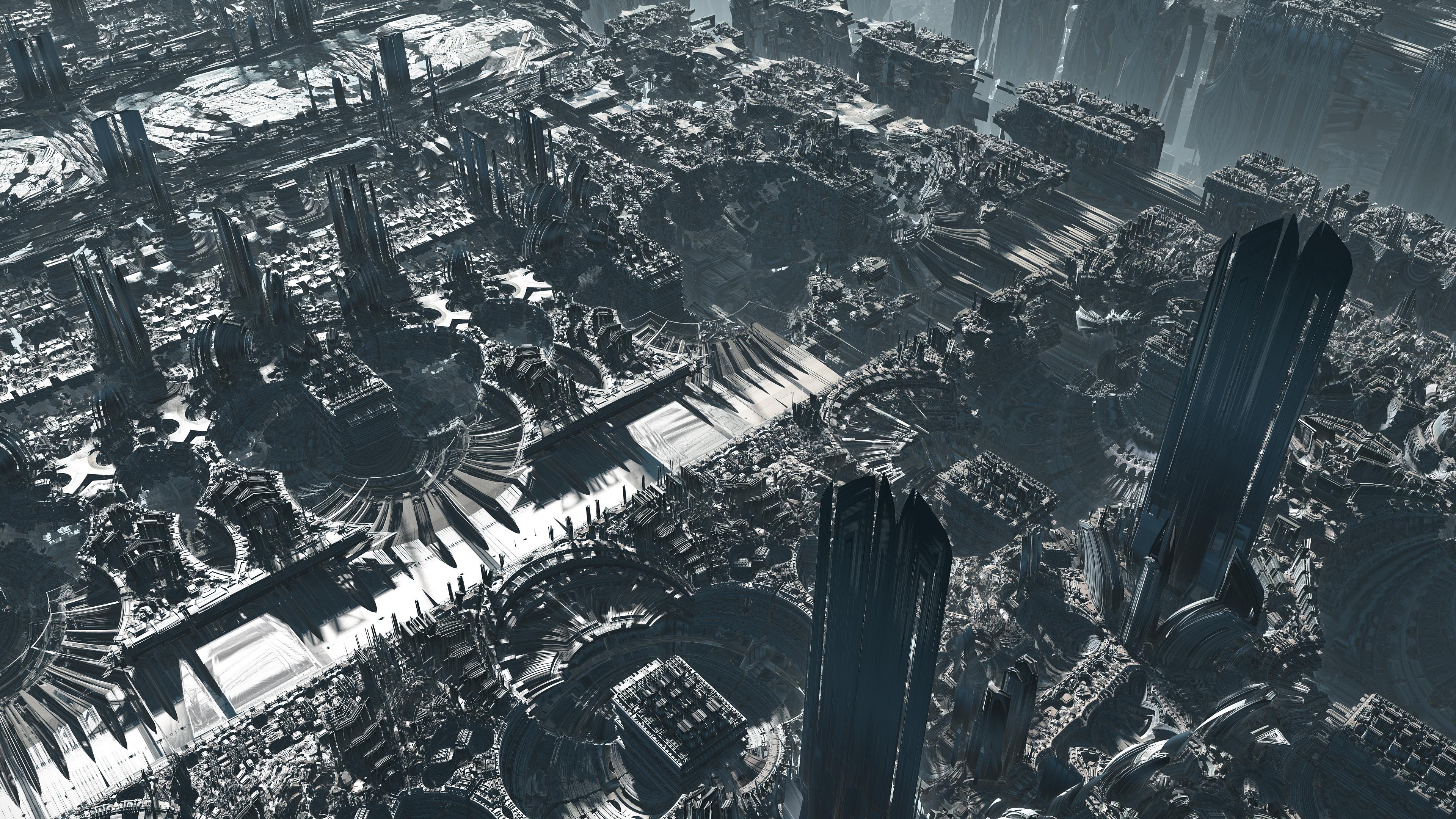
The Aurullia series are Tom Beddard’s interpretation of a fractal formula called Mandalay, a specific type of Mandelbox with additional parameters that allow scaling of the folding on individual axes, either in parallel or one after.
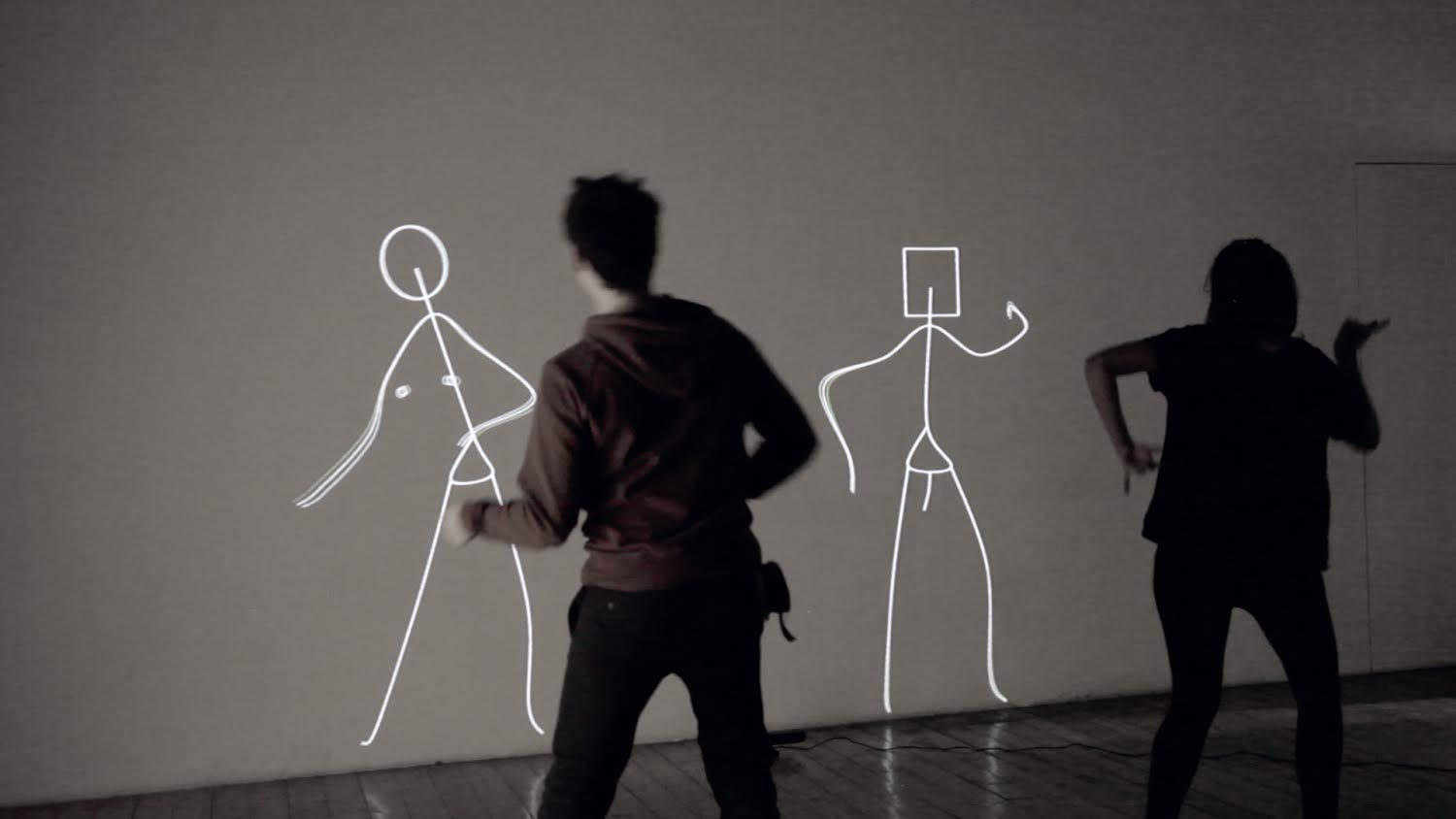
Created by Klaus Obermaier with Stefano D’Alessio and Martina Menegon, EGO is an interactive installation that explores the concept of ‘mirror stage’ objectification resulting in a conflict between one’s perceived visual and emotional experience.
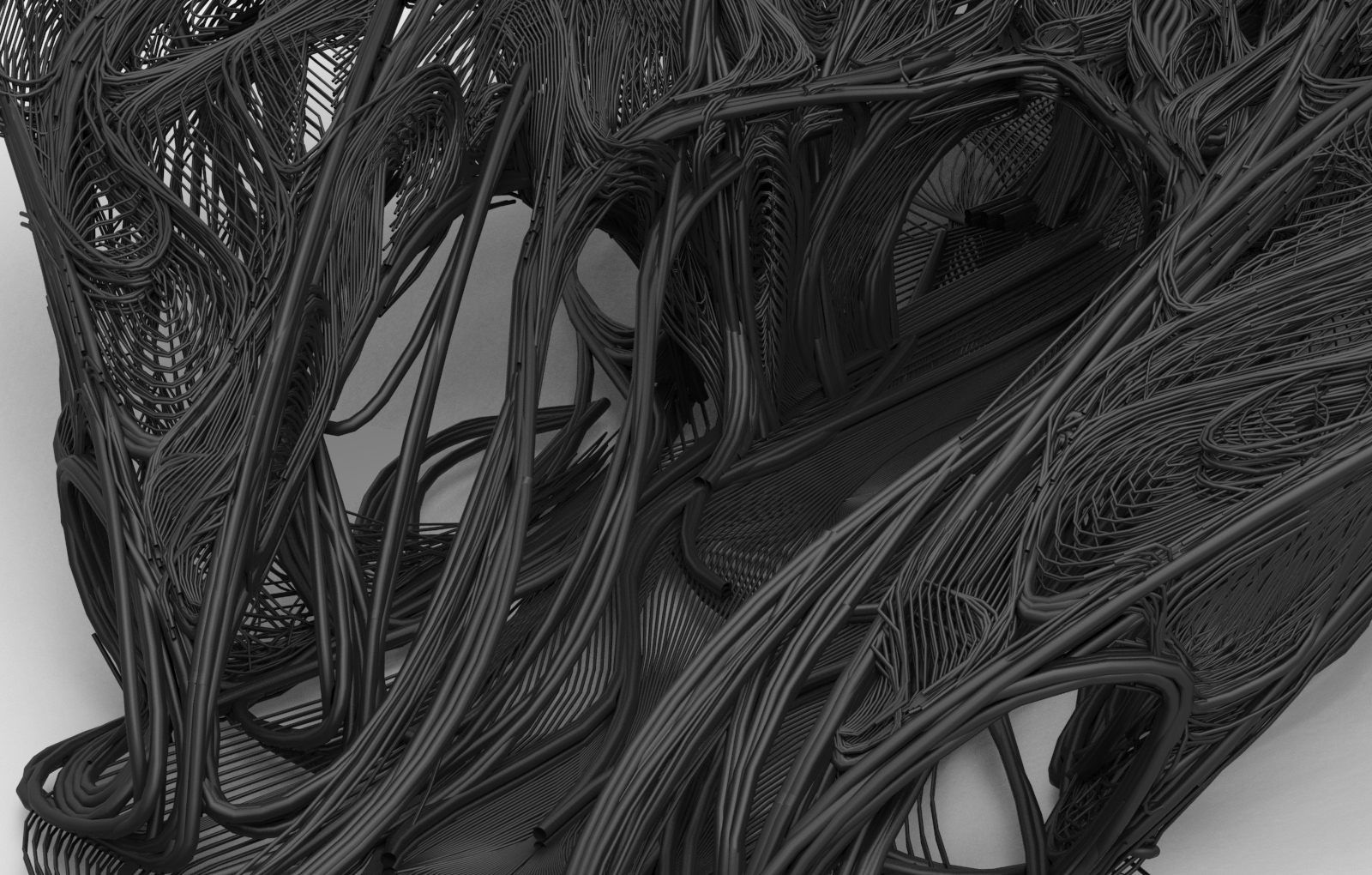
RC4 in London researches computational design methodologies for large-scale 3D printing with industrial robots, taking logistical, structural and material constraints as design opportunities to generate non-representational architectural spaces with extreme information density.
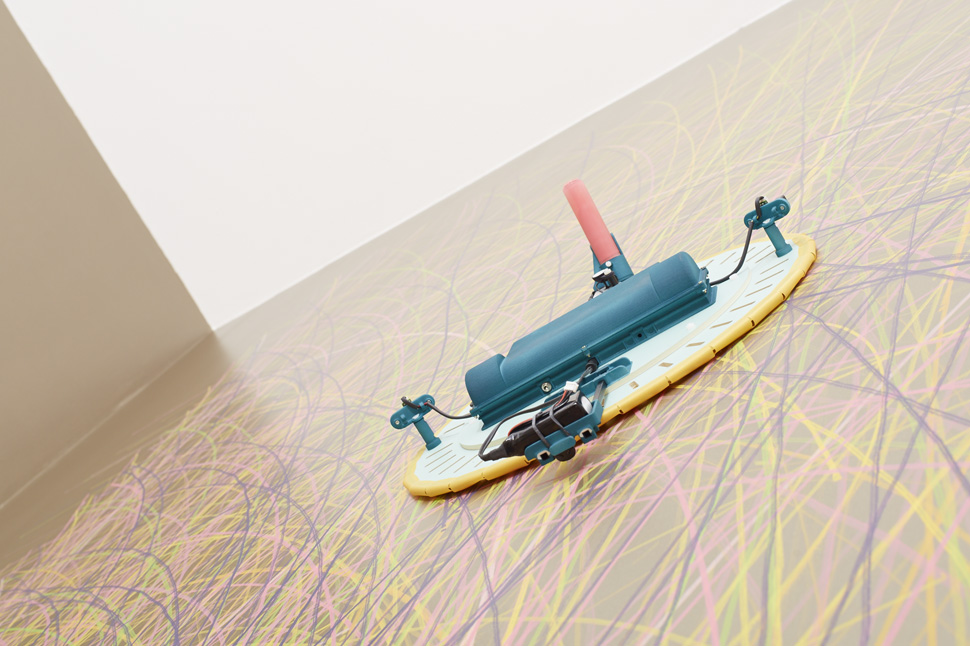
Rising Colorspace is a new installation by the Sonice Development duo comprised of a third ‘systemic robot’ drawing it’s rising movements as bow-like lines onto a shiny metallic wall.

